midterm minoan
1/123
There's no tags or description
Looks like no tags are added yet.
Name | Mastery | Learn | Test | Matching | Spaced |
|---|
No study sessions yet.
124 Terms
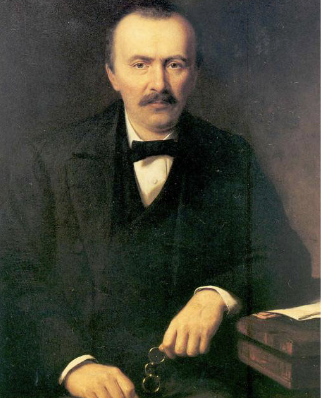
name, years, what did he do?
Heinrich Schliemann, 1822-1890, excavator of Troy, Mycenae, Tiryns
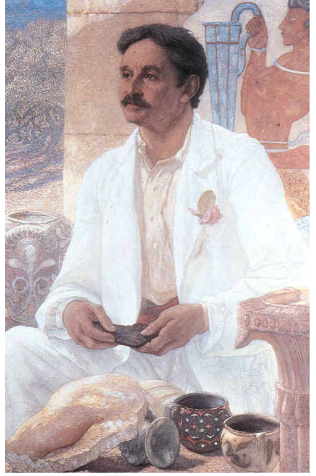
Name, years, what did he do?
Sir Arthur Evans, 1851-1941, excavator of Knossos
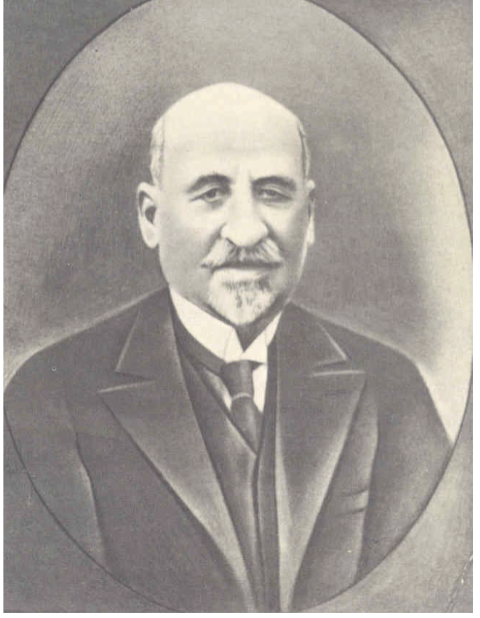
name, years, what did he do?
Christos Tsountas, 1857-1934, discovered the cultures of Neolithic Thessaly and the Cyclades
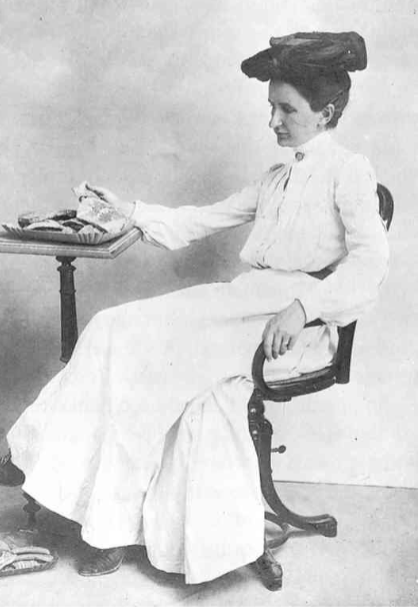
name, years, what did she do?
Harriet Boyd Hawes, 1871-1945, excavator of Gournia
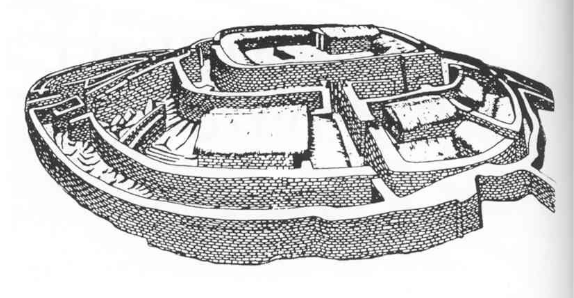
identify, period, dates, excavator
reconstruction of the LN site of Dimini, c. 3700-3300 BC, Christos Tsountas
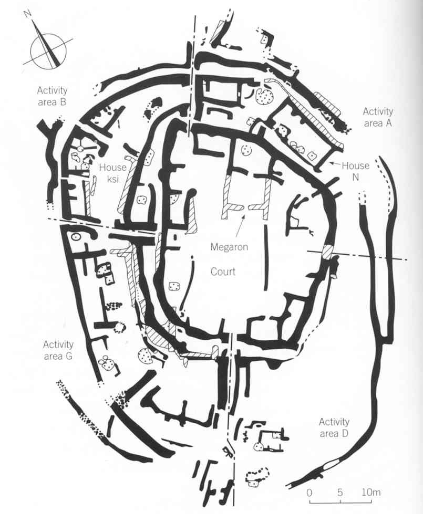
identify, period, dates, excavator
plan of the Neolithic settlement at Dimini, note the prominent position of the central building, c. 3700-3300 BC, Christos Tsountas
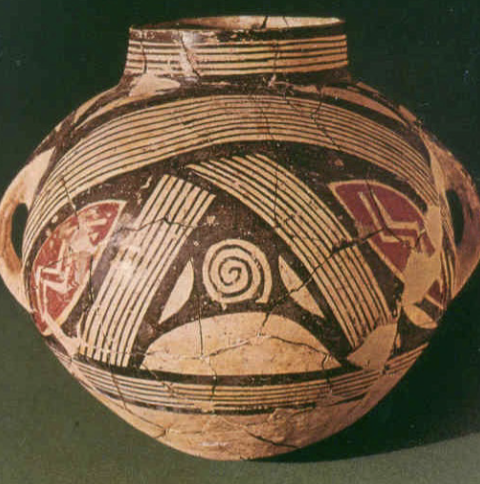
style of poetry, shape, date range, significance
LN handmade jar from Dimini (Thessaly), 4th millenium BC, c. 4000-3000 BC, note combination of spirals, curved lines, and polygons characteristic of Late Neolithi
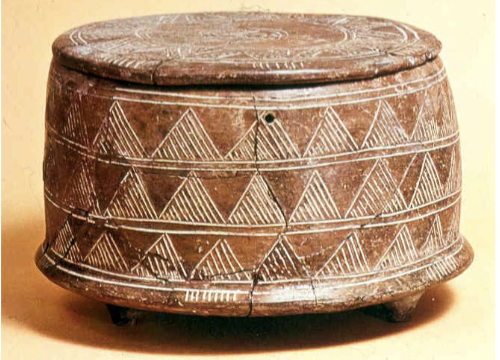
style of poetry, shape, date range, significance
Cretan Neolithic pyxis with incised decoration, 4th millenium BC, c. 4000-3000 BC, three-legged, cylindrical
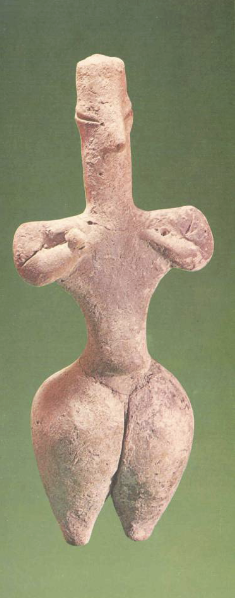
identify
EN terracotta figurines from Nea Nikomedia in Macedonia, c. 6000 BC
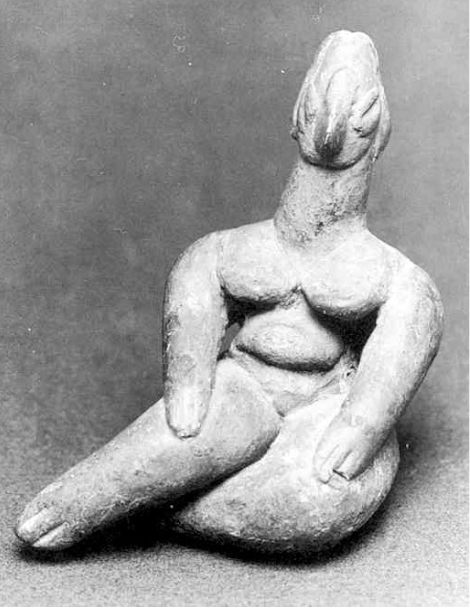
identify
MN terracotta figurine from Pharsala, 5th millennium
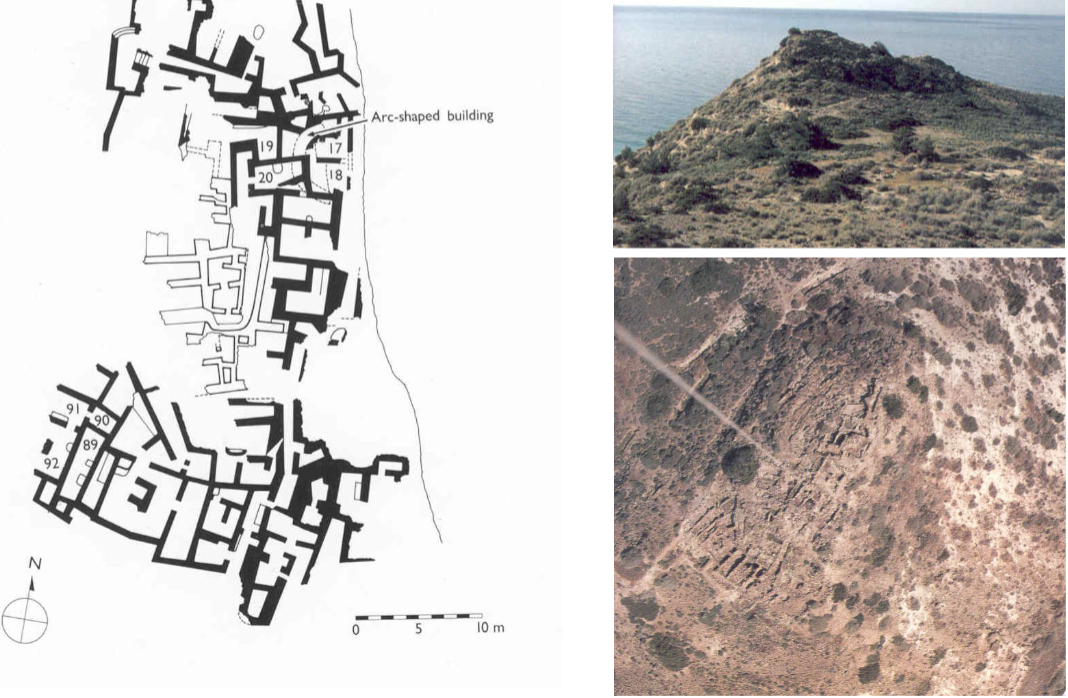
identify
Myrtos, Fournou Koriphi, the only fully excavated Minoan village, built and destroyed in EM II, c. 2600-2300
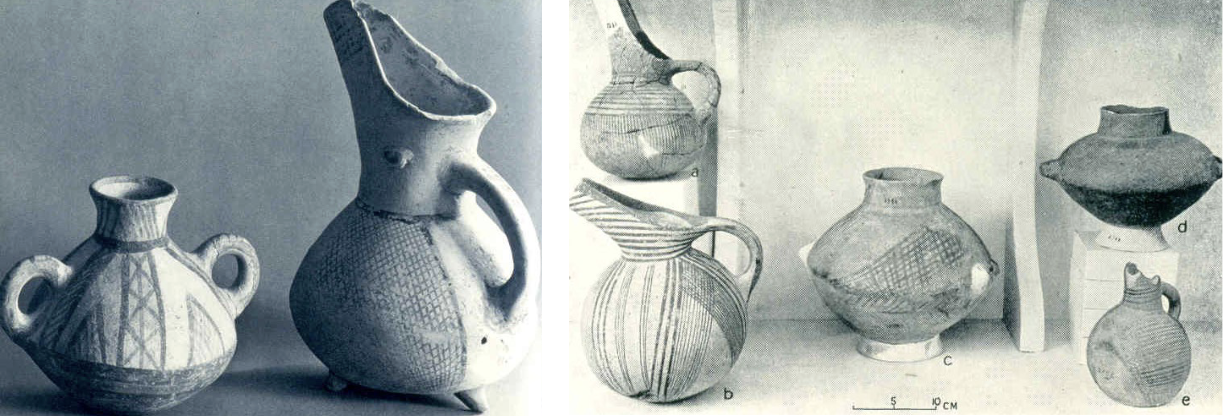
identify
Early Minoan Ayios Onoufrios ware, EM I, c. 2700 B, very linear and geometric in concept, gourds
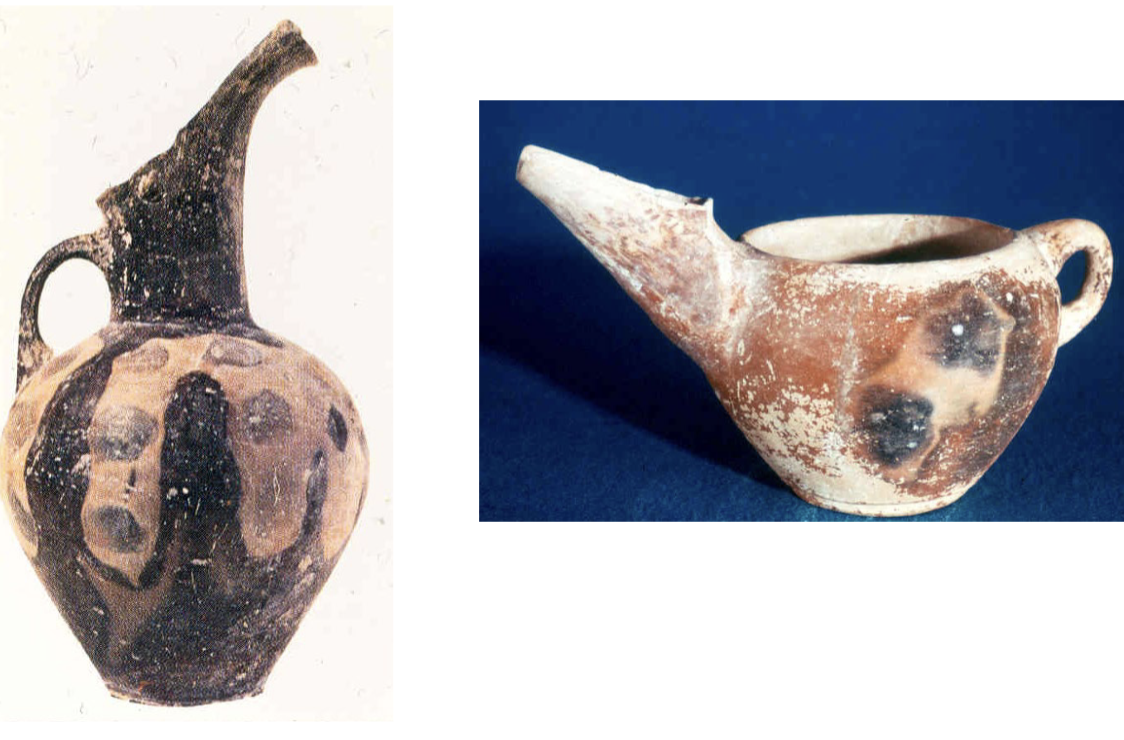
identify
Vasiliki ware, EM II, c. 2500 BC, beak-spouted jugs and teapots
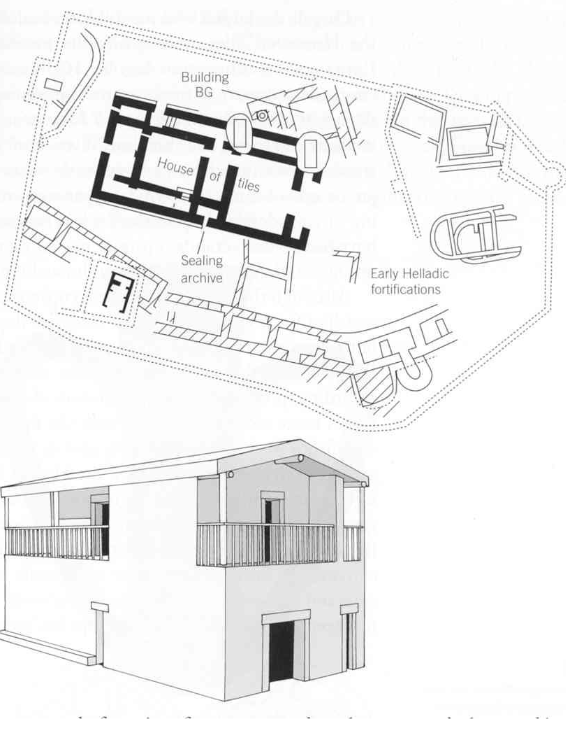
identify
House of the Tiles at Lerna, EH II, c. 2900-2400 BC, mainland greece
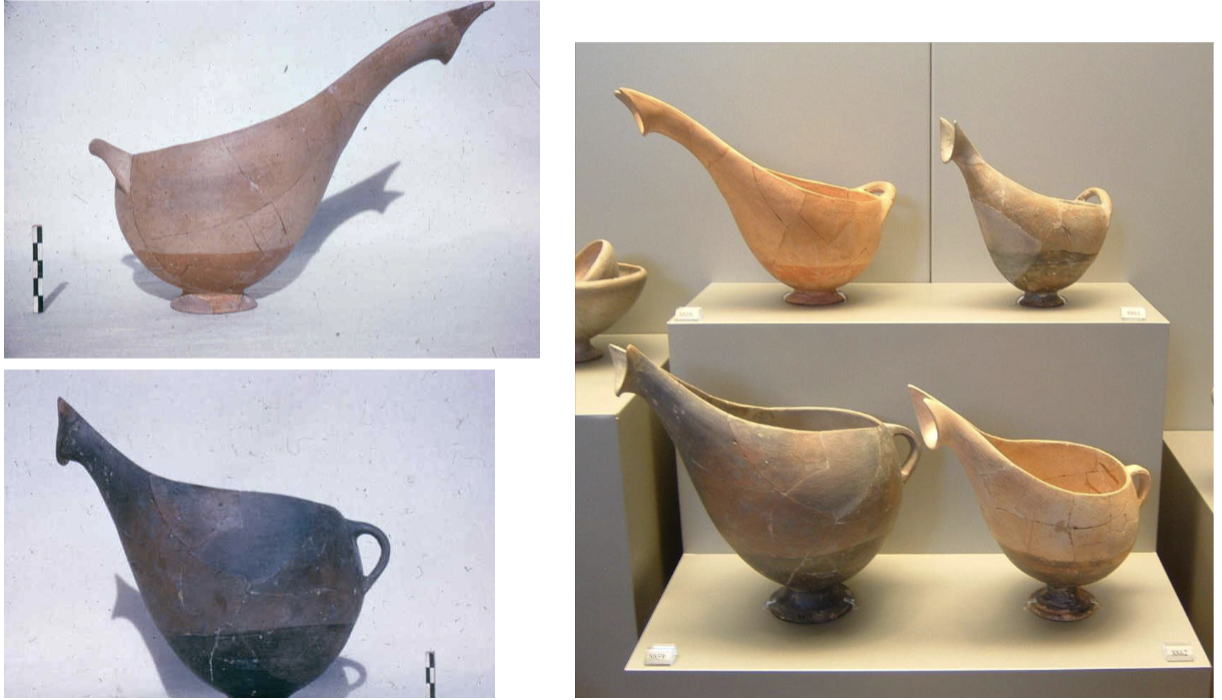
identify
EH, Urfinis Sauceboats, c. 3000-2200/2000 BC, clay and metal
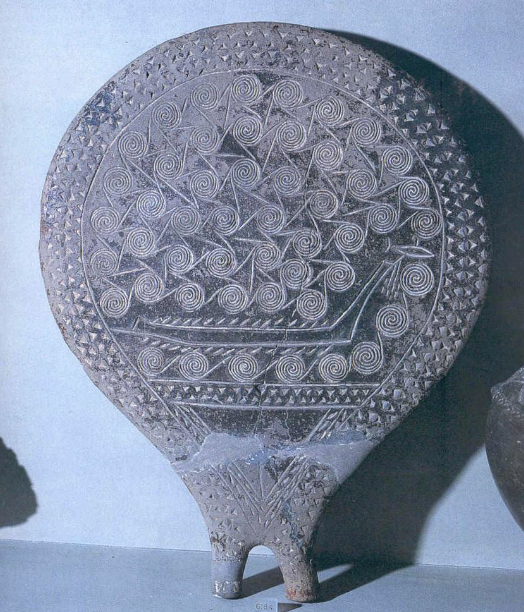
identify
EC II, frying pan, made of clay, with incised white-filled spirals and the profile of a ship, c. 2500 BC, from Syros, Chalandriani
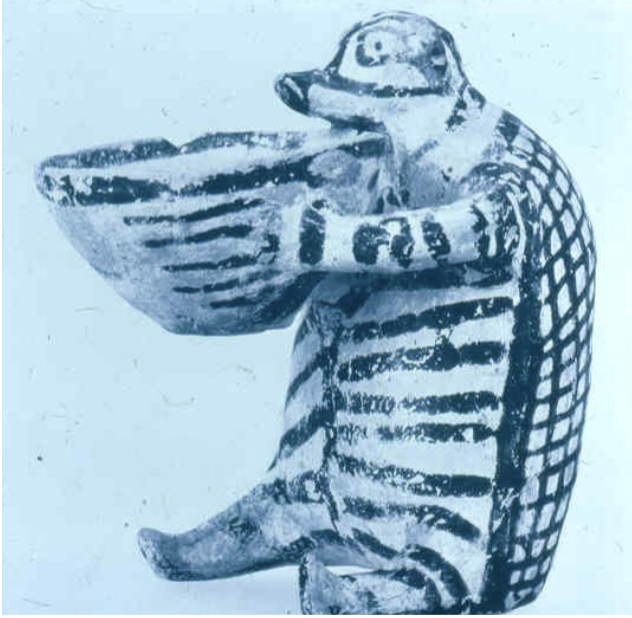
identify
EC II vase in the shape of hedgehog decorated with dark paint on light ground, from the site of Chalandriani on the island of Syros, c. 2500 BC
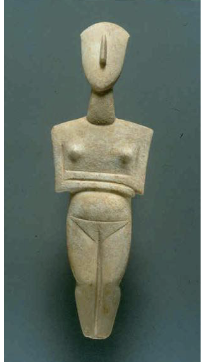
identify
EC II marble figurine, folded arm variety
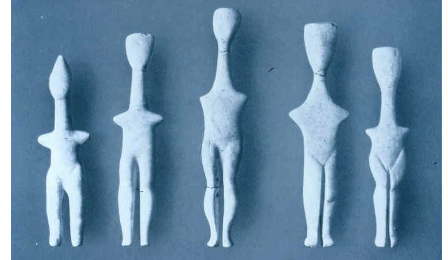
identify
EC I marble figurines, Louros type, 3000-2700 BC
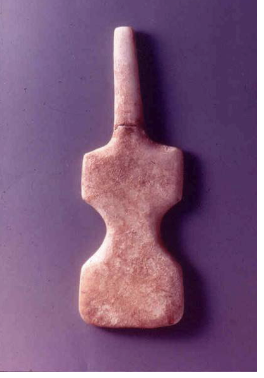
identify
EC I marble figurines, violin-shaped variety, 3300-2700 BC, female
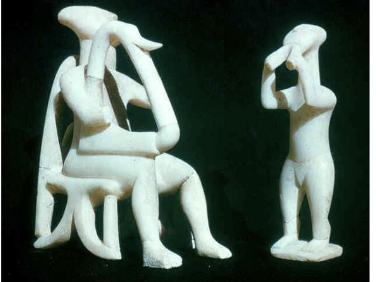
identify
EC II marble figurines, musicians, harp and auolos players from Keros
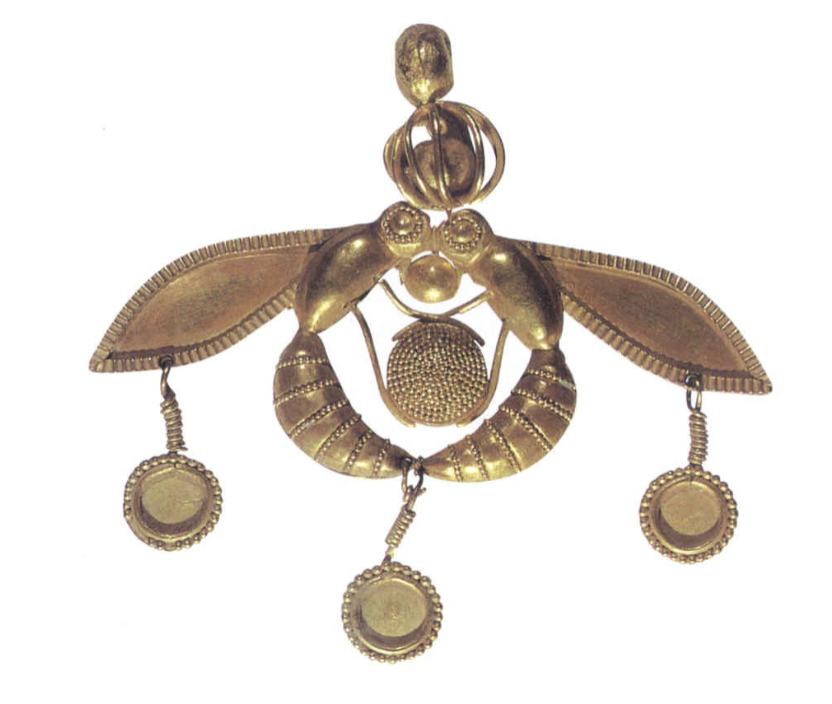
identify
EM gold pendant in the form of two bees with globe of honey from the Chrysolakkos cemetery at Mallia, filigree and fine granulation, 3rd millennium BC
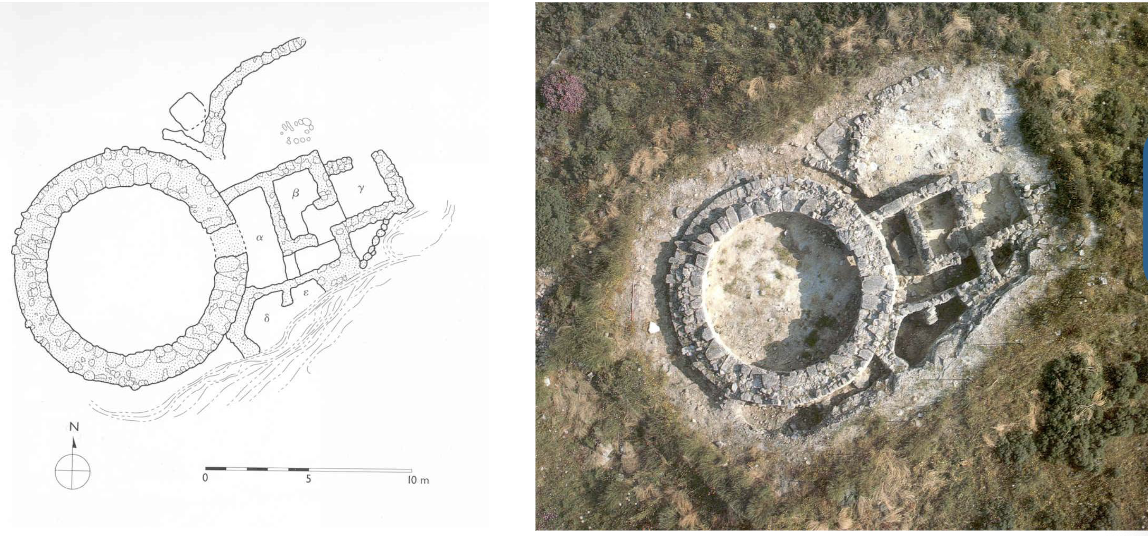
identify
EM II tholos tomb at Kamilari in south-central Crete, c. 2500-2200 BC
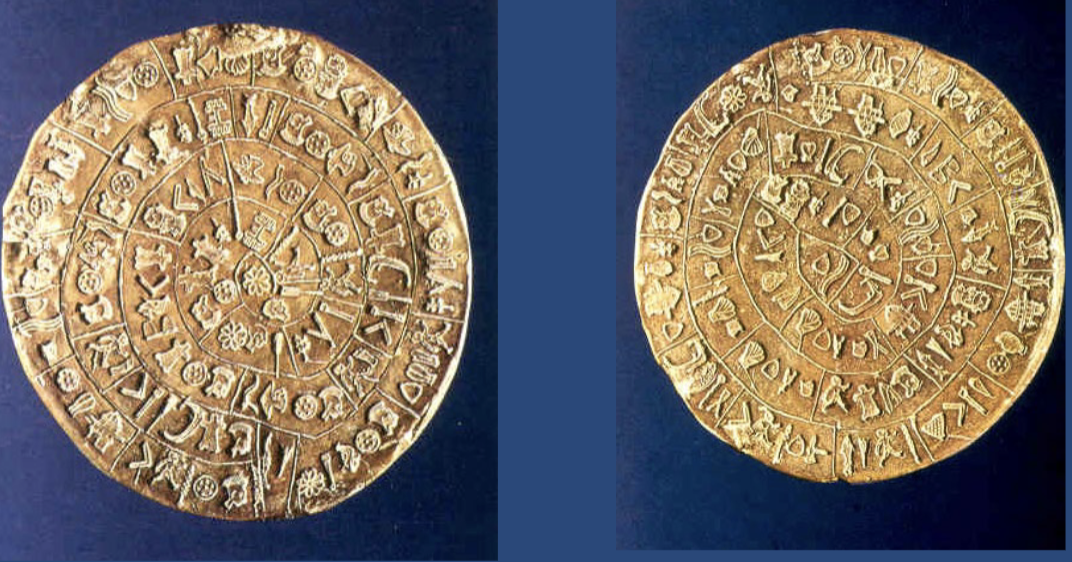
identify
undeciphered Phaistos disk, dated to the MM IIIb period, c. 1700-1600 BC, signs arranged in spirals, repeated symbols
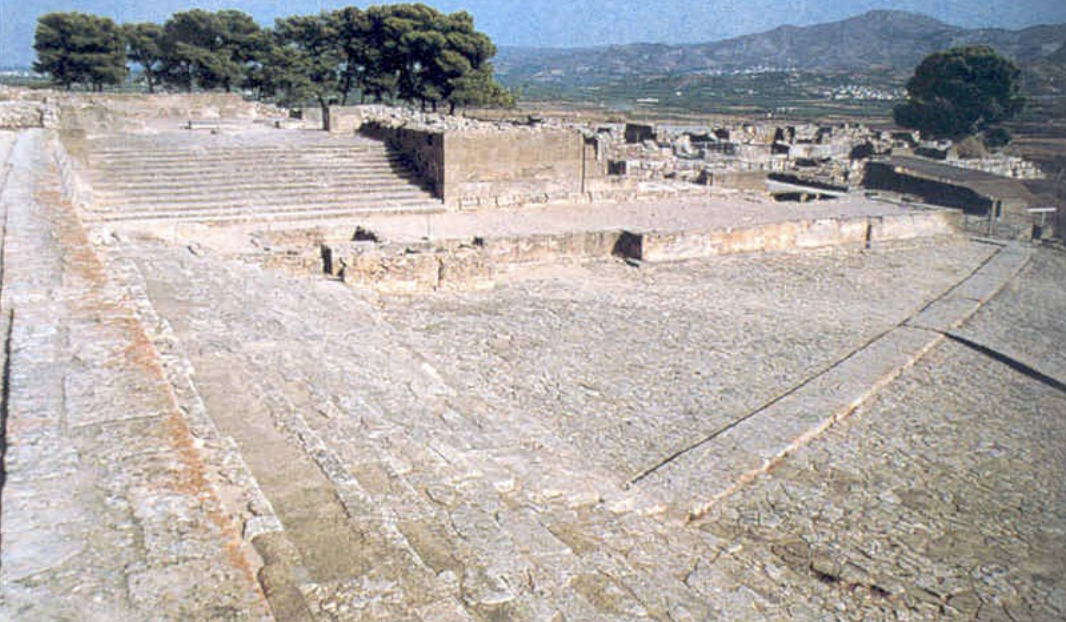
identify
west court of the First Palace at Phaistos of the early MM period, c. 2000-1800 BC, showing raised causeways and theatral area
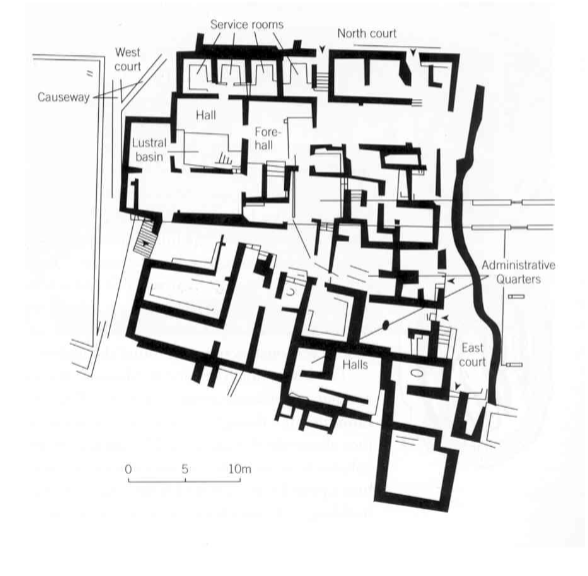
identify
Mallia, Quartier Mu, showing the large administrative structure, Building A, dating to the First Palace period, c. 2000-1800 BC
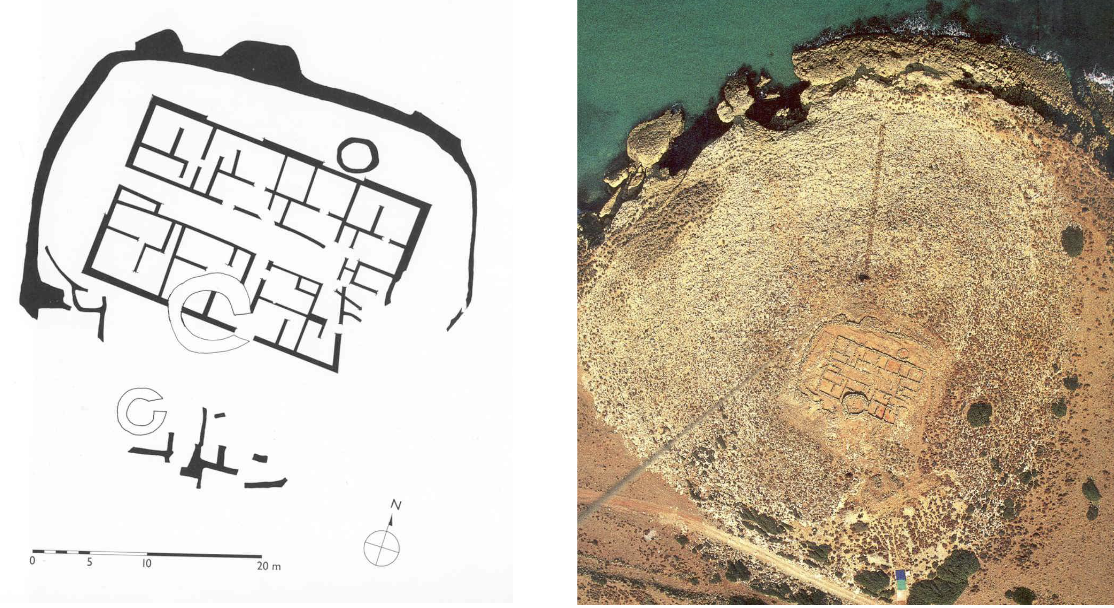
identify
MM IA fortified building at Ayia Photia, c. 2000 BC, note the rounded projections or bastions
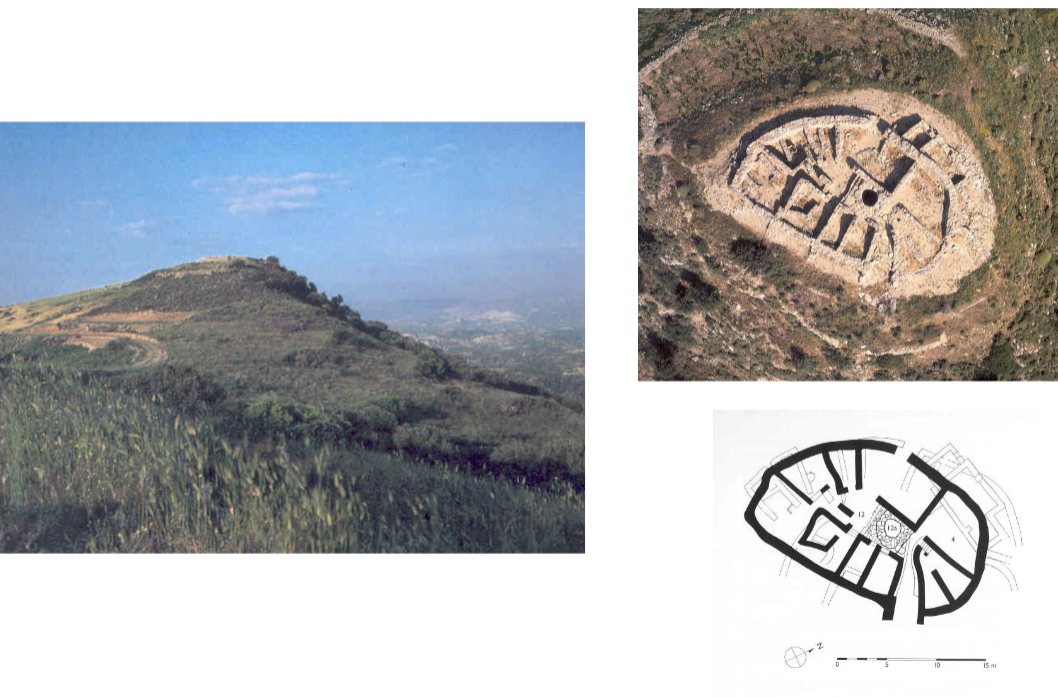
identify
MM IA free-standing house at Chamaizi in eastern Crete, c. 2000 BC
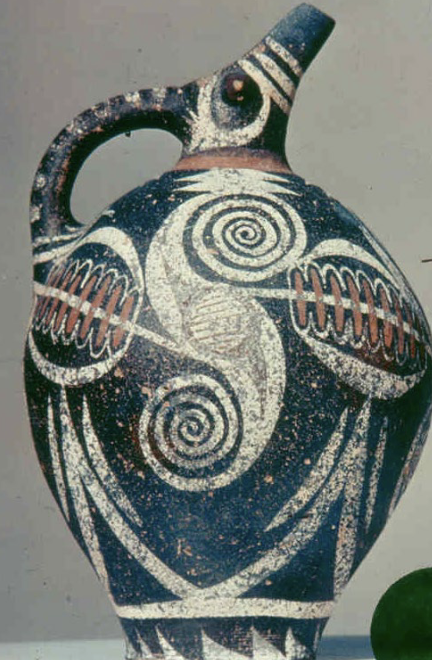
identify
MM Kamares-style pottery characteristic of Protopalatial or First Palace period characteristic light-on-dark decoration, jug from Phaistos, MM II
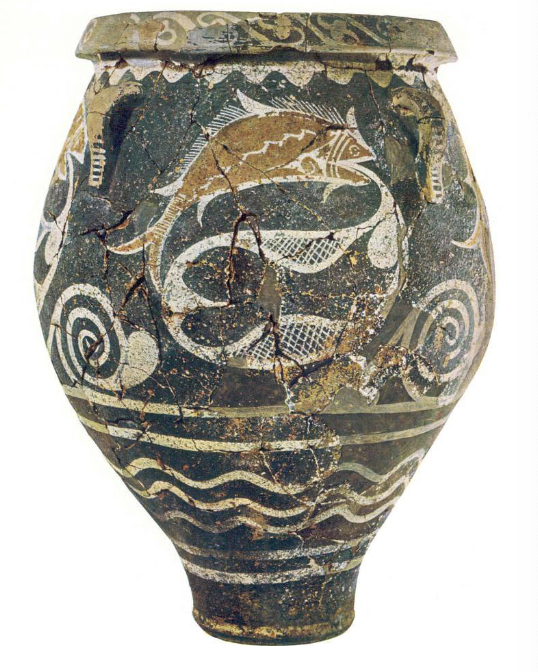
identify
MM Kamares-style pottery characteristic of Protopalatial or First Palace period characteristic light-on-dark decoration, storage jar, c. 2000-1600 BC
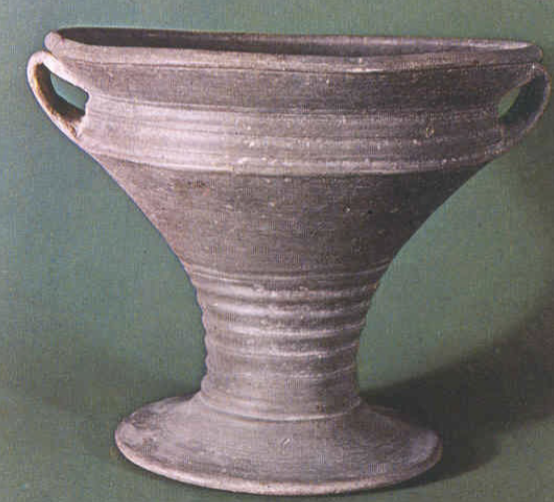
identify
MH wheelmade “Minyan”-ware goblet, c. 2100-1600 BC
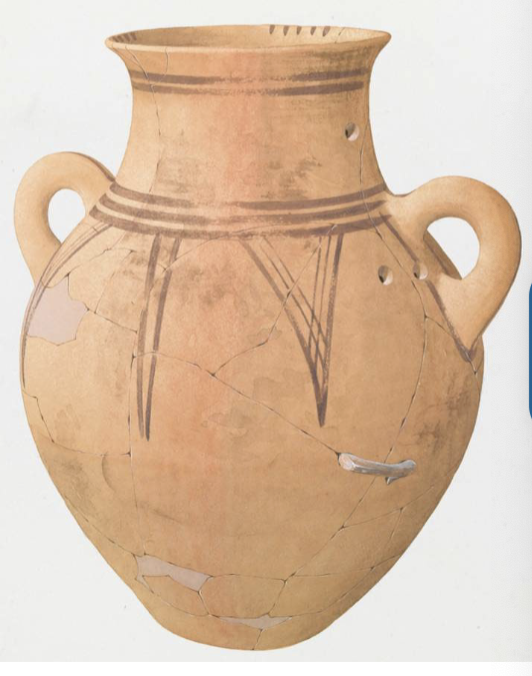
identify
MH handmade matt-painted jar, c. 2100-1600 BC
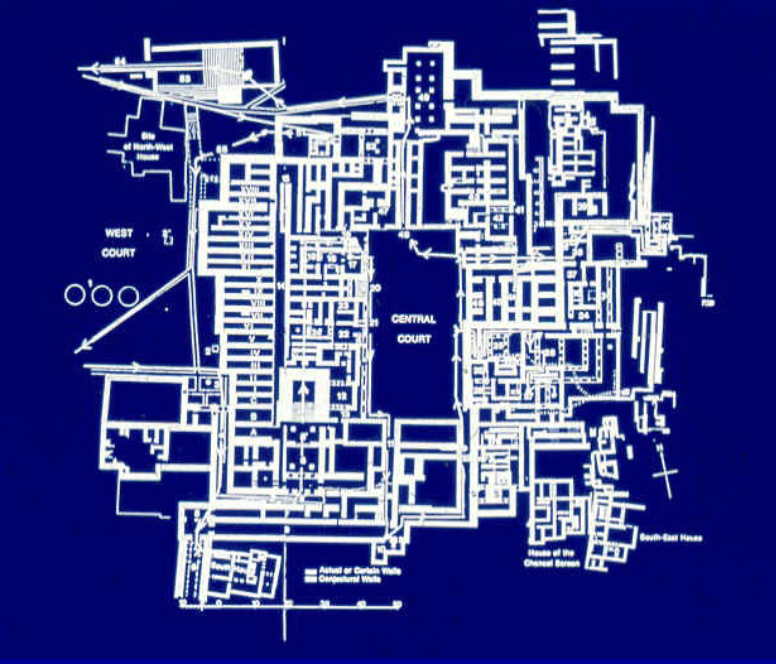
identify
Palace at Knossos, Neopalatial or Second Palace period, c. 1725/1700-1380/75 BC
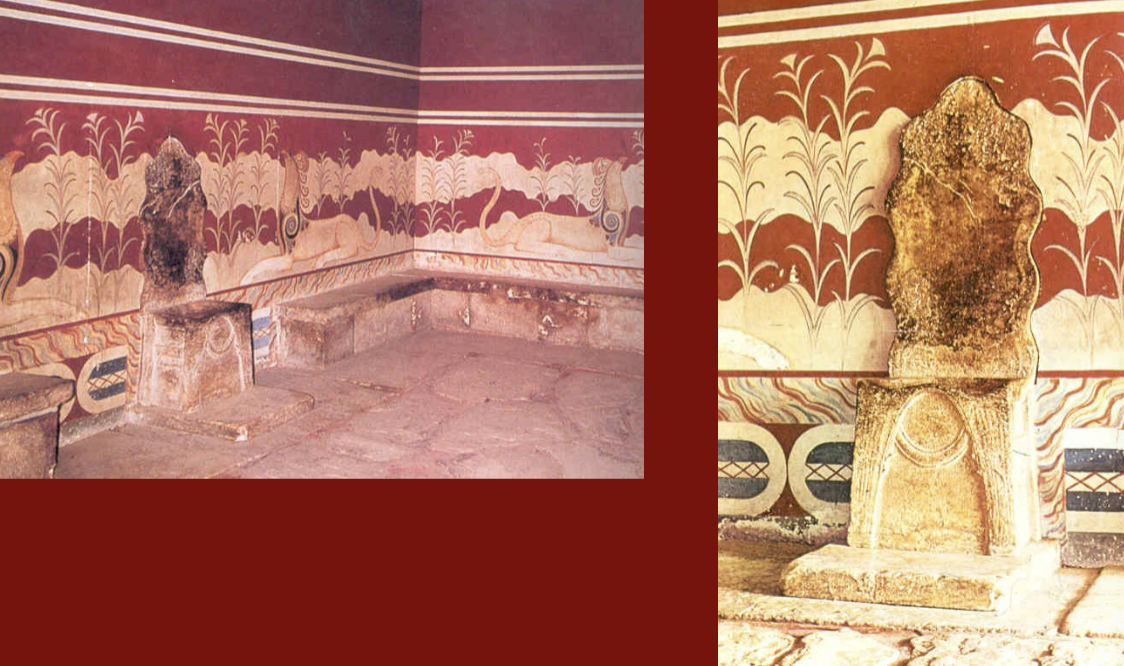
identify
Throne Room, Knossos, Second Palace period, c. 1725/1700-1370/60 BC
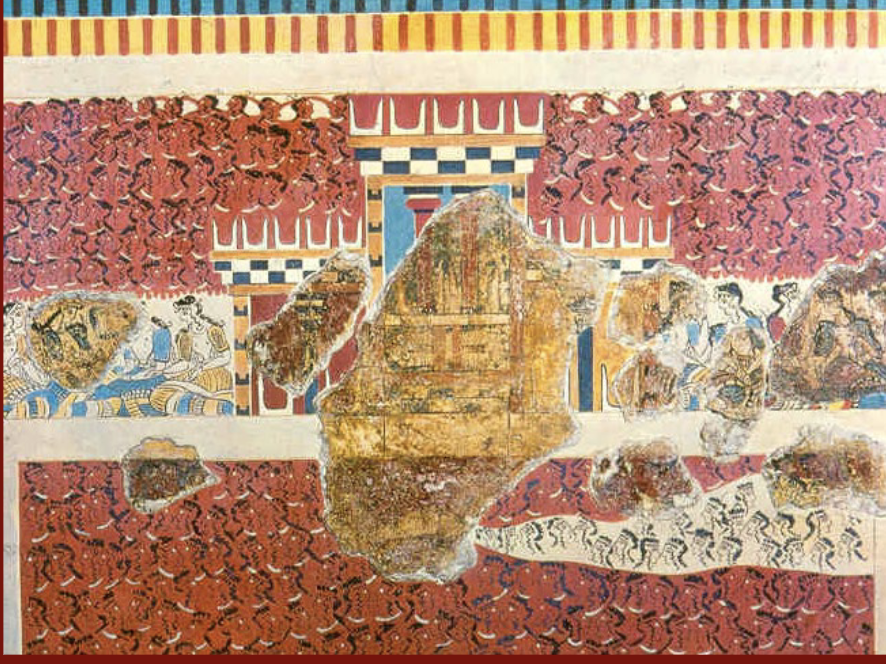
identify
Grandstand Fresco, Knossos, Second Palace period, after 1600 BC
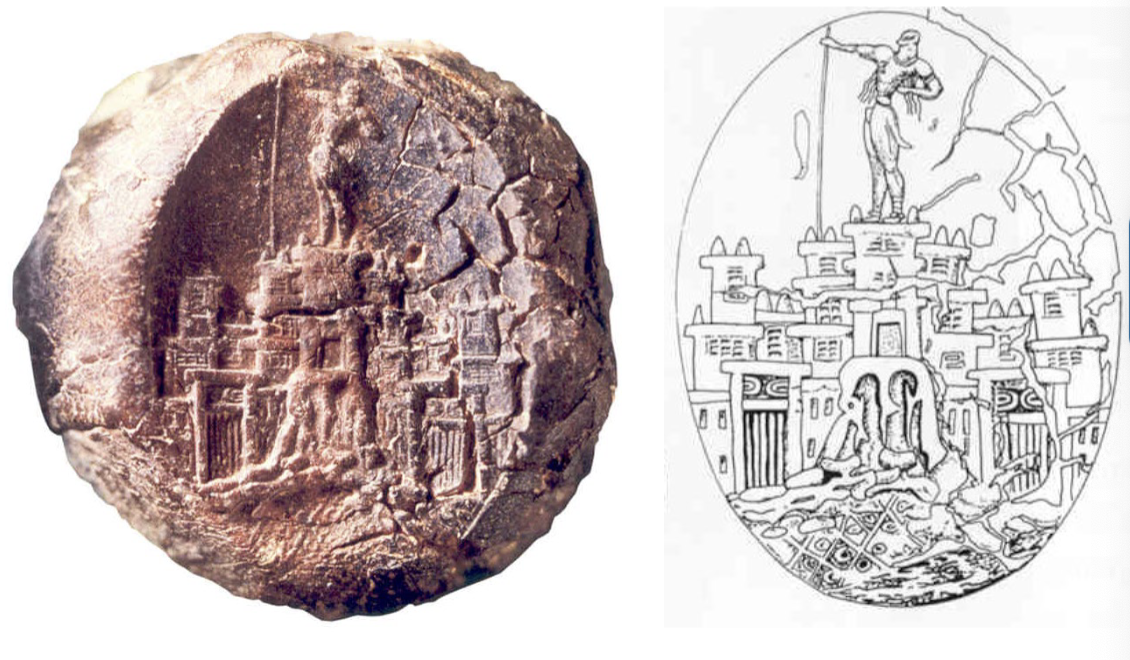
identify
Master Impression sealing, Chania, LM I-II, c. 1500-1450 BC
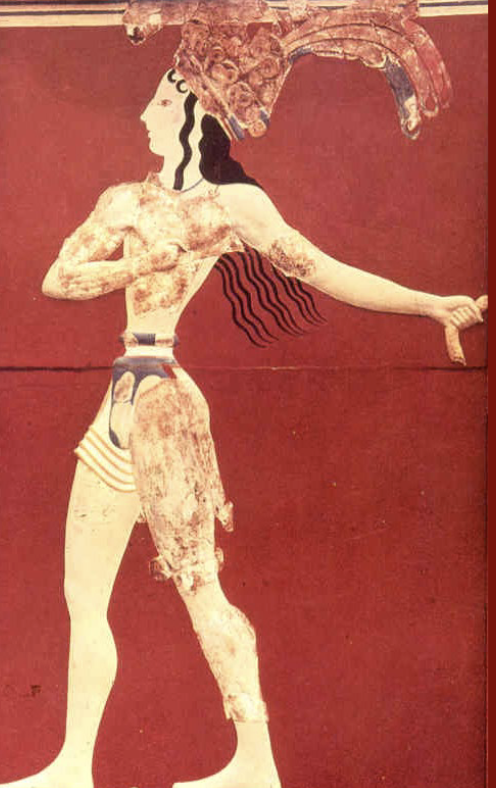
identify
Priest-king fresco, knossos, second palace period, 1725/1700-1370/60 BC
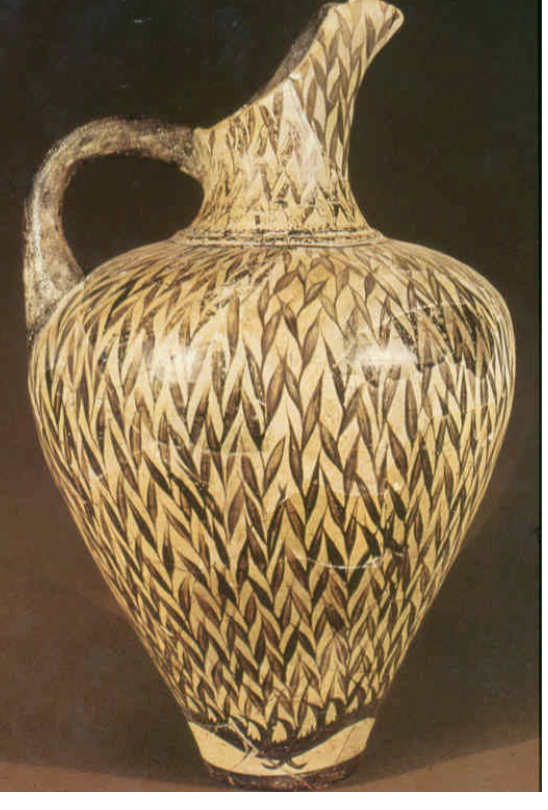
identify
LM IA floral-style jug from Phaistos, 1550-1500 BC
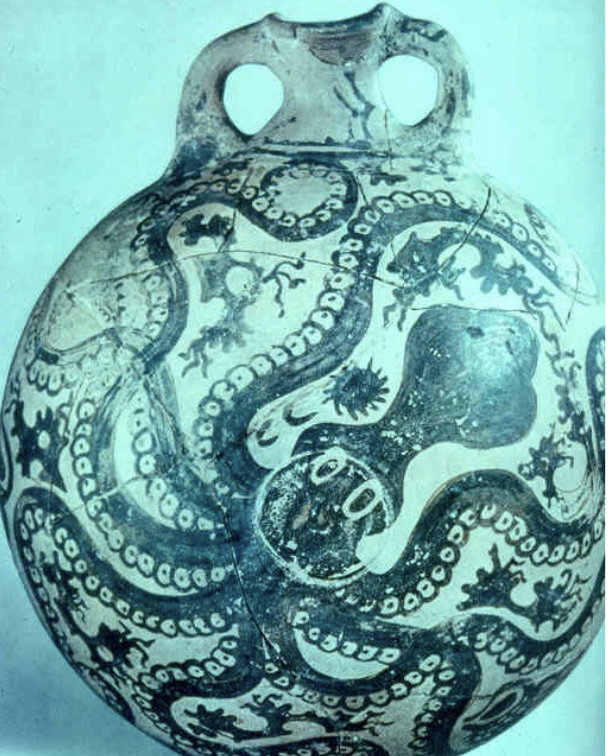
identify
LM IB Marine-style stirrup jar from Gournia, c. 1500-1450 BC
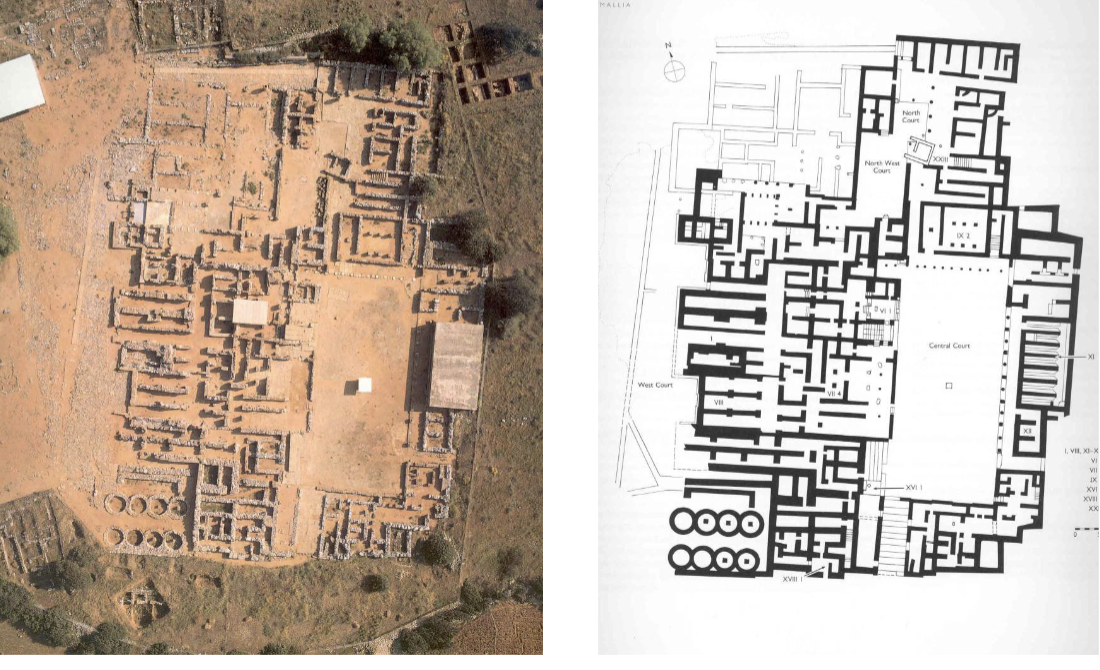
identify
Palace at Mallia, Second Palace period, 1725/1700-1370/60 BC
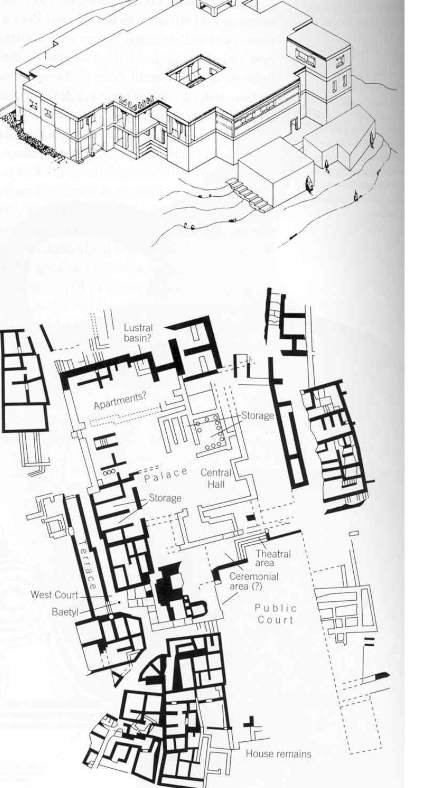
identify
Gournia, Harriet Boyd Hawes, Second Palace Period, 1725/1700-1370/60 BC
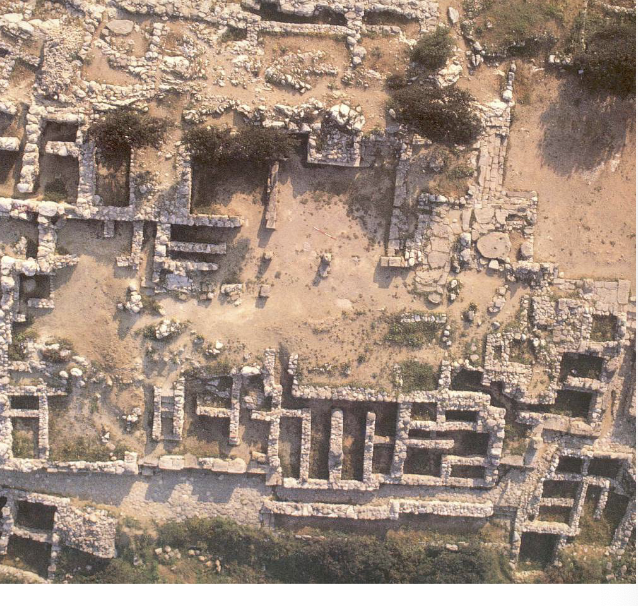
identify
Gournia, Harriet Boyd Hawes, Second Palace period, 1725/1700-1370/60 BC
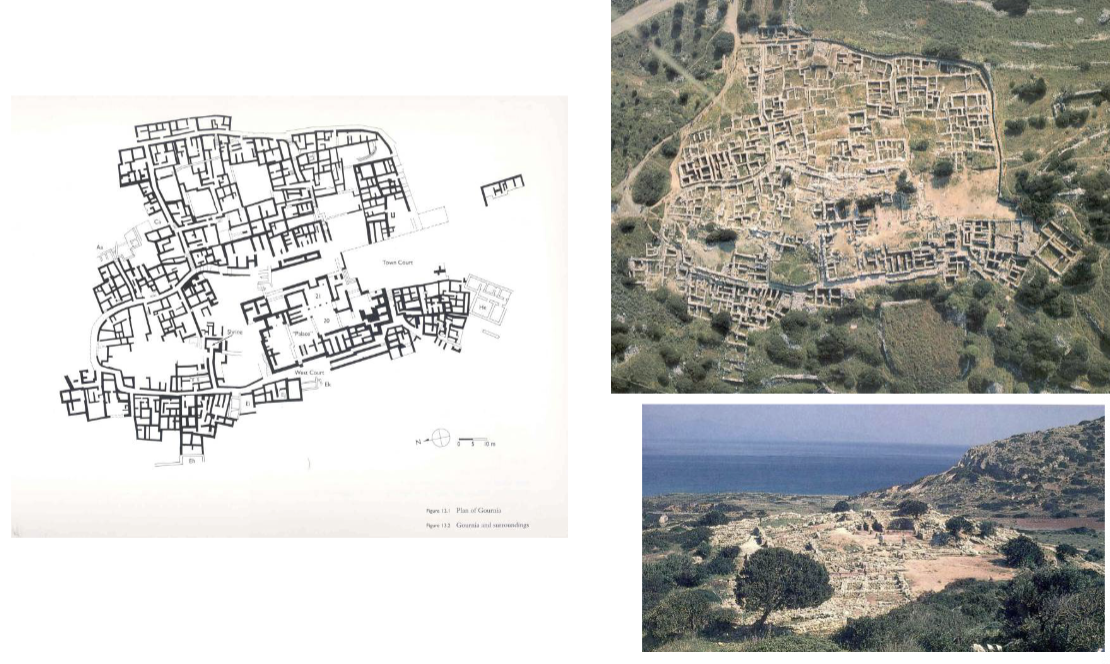
identify
Minoan town at Gournia
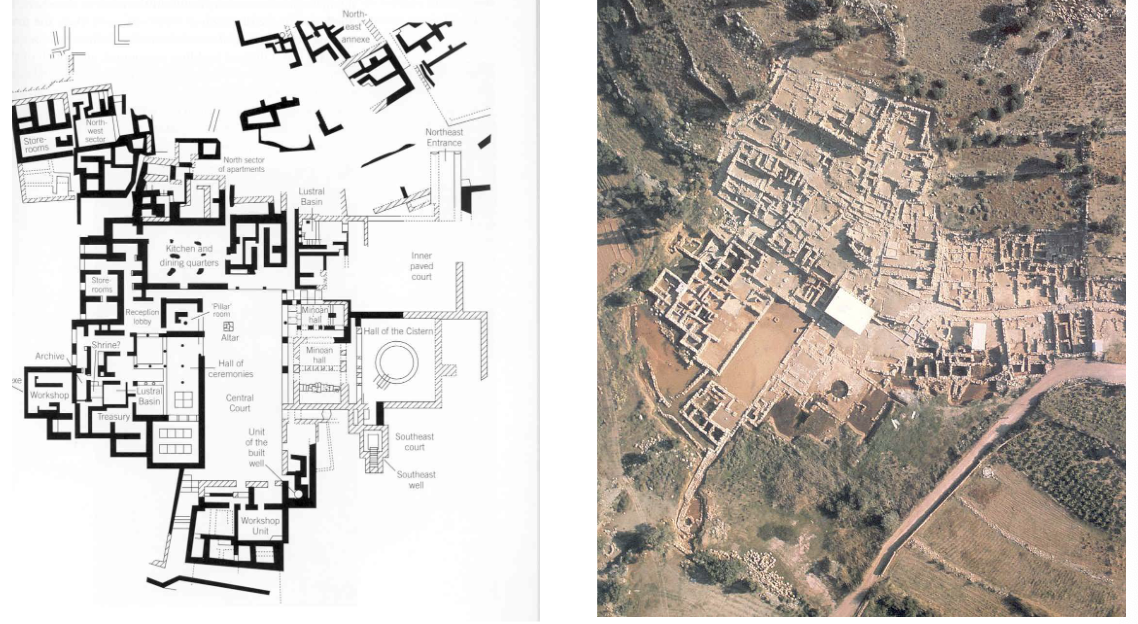
identify
palace at Kato Zakro, east Crete, Nikolaos Platon, Second Palace period, 1725/1700-1370/60 BC
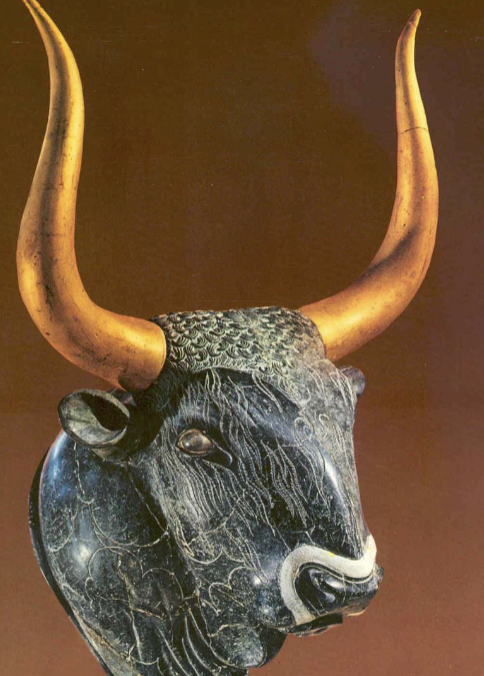
identify
bull’s head rhyton from little palace at knossos, c. 1550-1500 BC
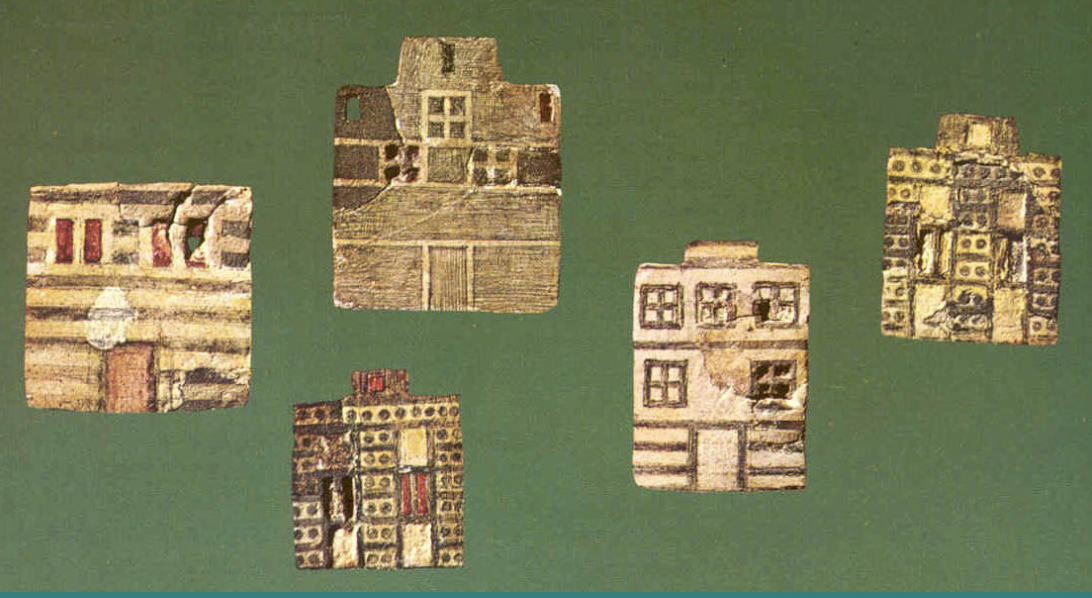
identify
Faience plaques, palace at Knossos, 15th century BC
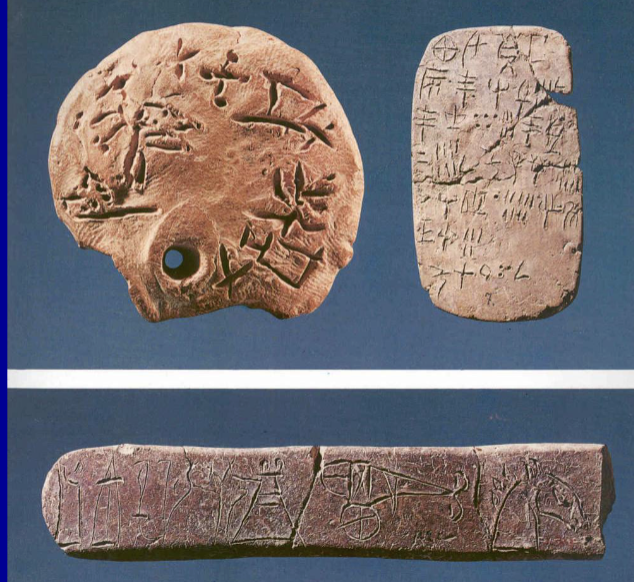
identify
burnt clay tablets preserving the three different types of script of Minoan Crete (Minoan hieroglyphic, Linear A, Linear B)
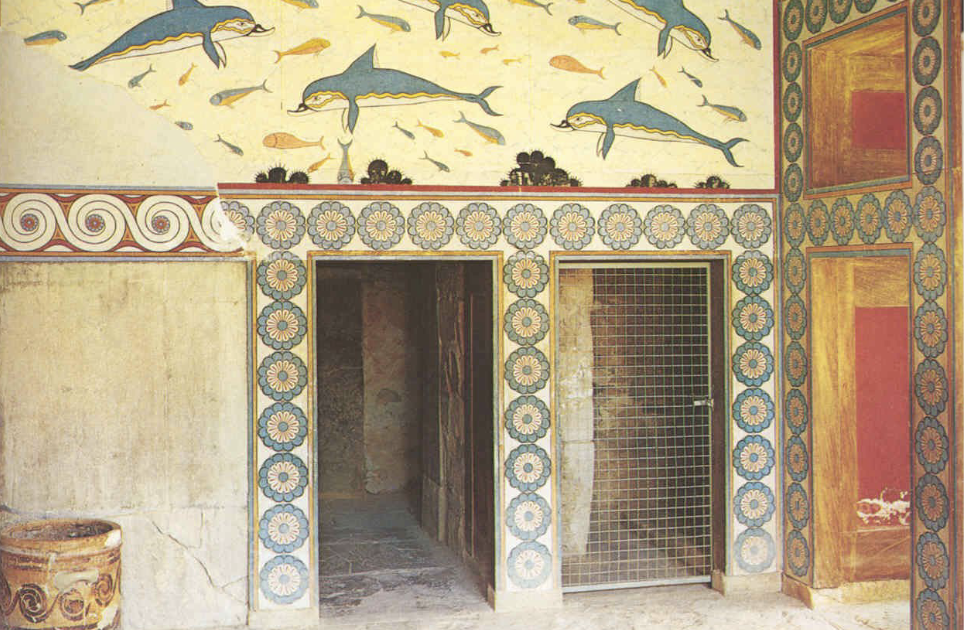
identify
dolphin fresco from Queen’s Megaron, Knossos, neopalatial or second palace period, 1725/1700-1370/60 BC
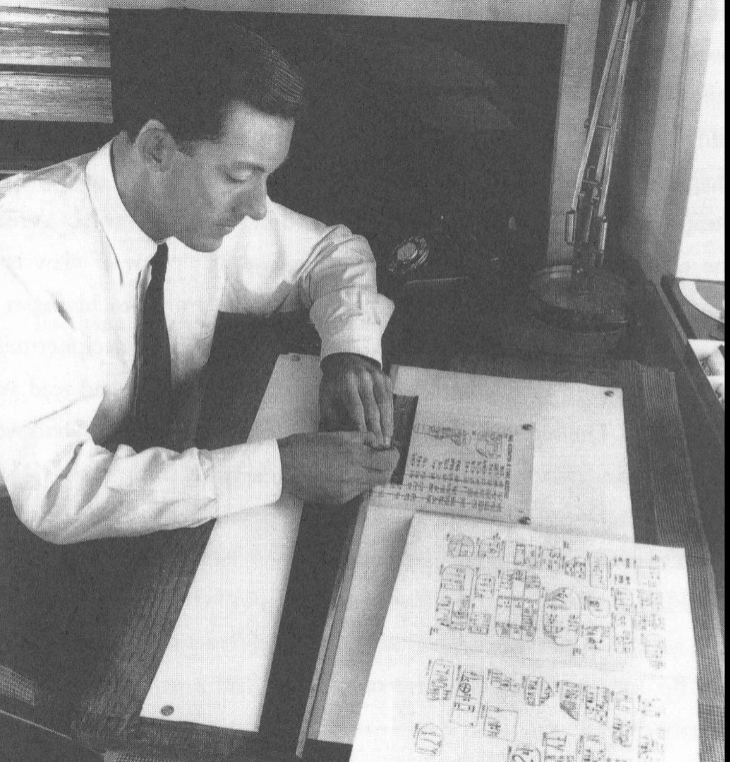
identify
Michael Ventris, 1922-1956, deciphered Linear B in 1952, early form of Greek
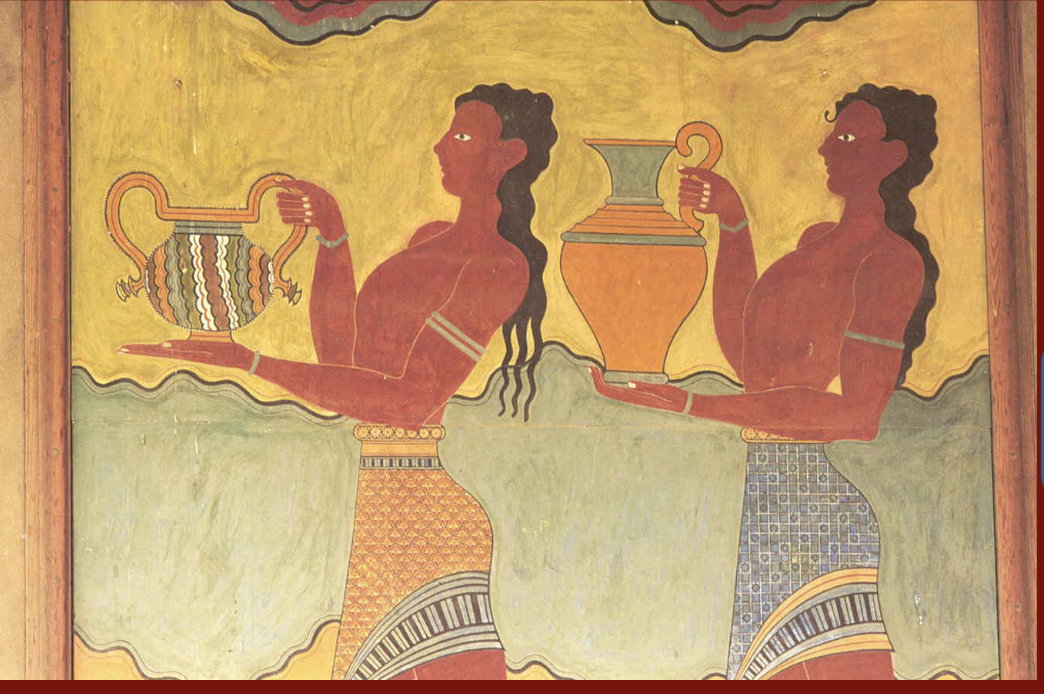
identify
cup-bearer fresco, modern reconstruction as set up in the South Propylon by Sir Arthur Evans
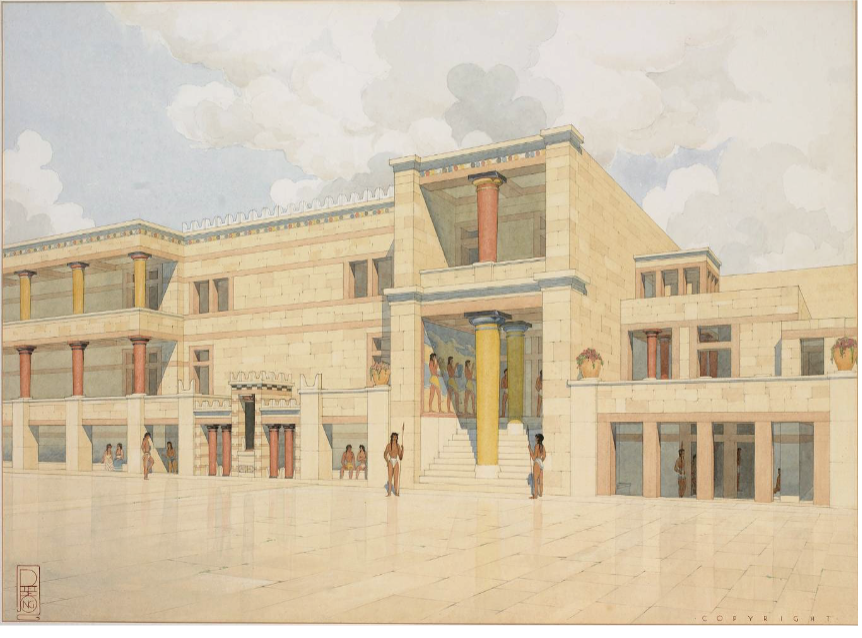
identify
Piet de Jong’s reconstruction of the west side of the central courtyard of Knossos
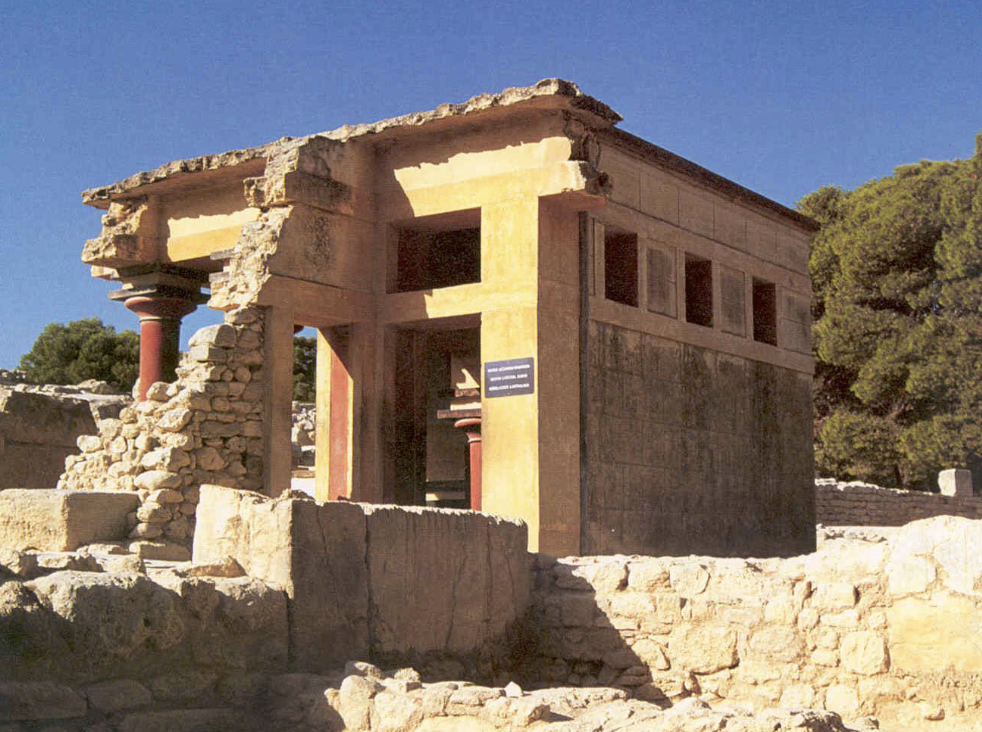
identify
North Lustral Basin at Knossos, Second Palace Period, 1725/1700-1370/60 BC
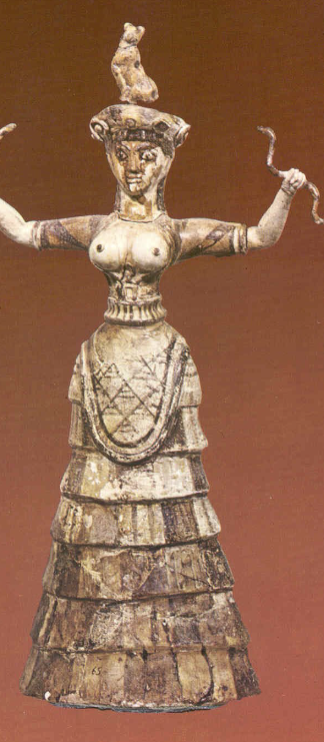
identify
faience statuettes of the snake goddess, Temple Repositories at Knossos, c. 1600 BC
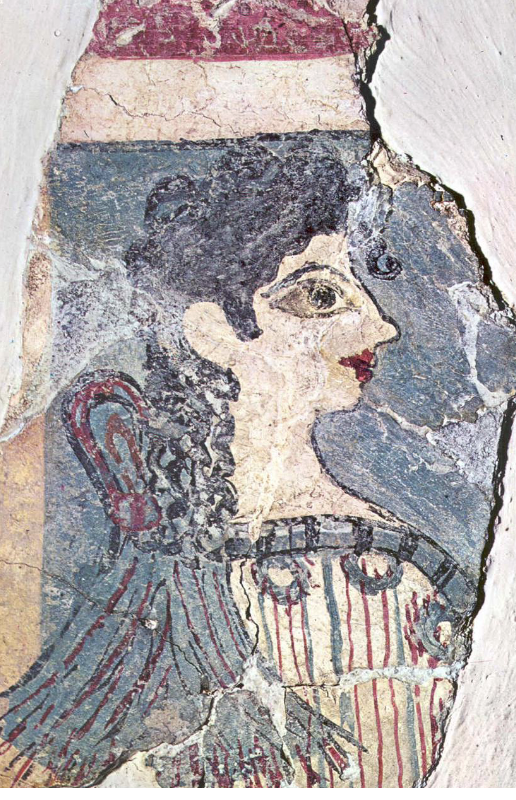
identify
La Parisienne, part of the Camp-Stool Fresco, c. 1400 BC
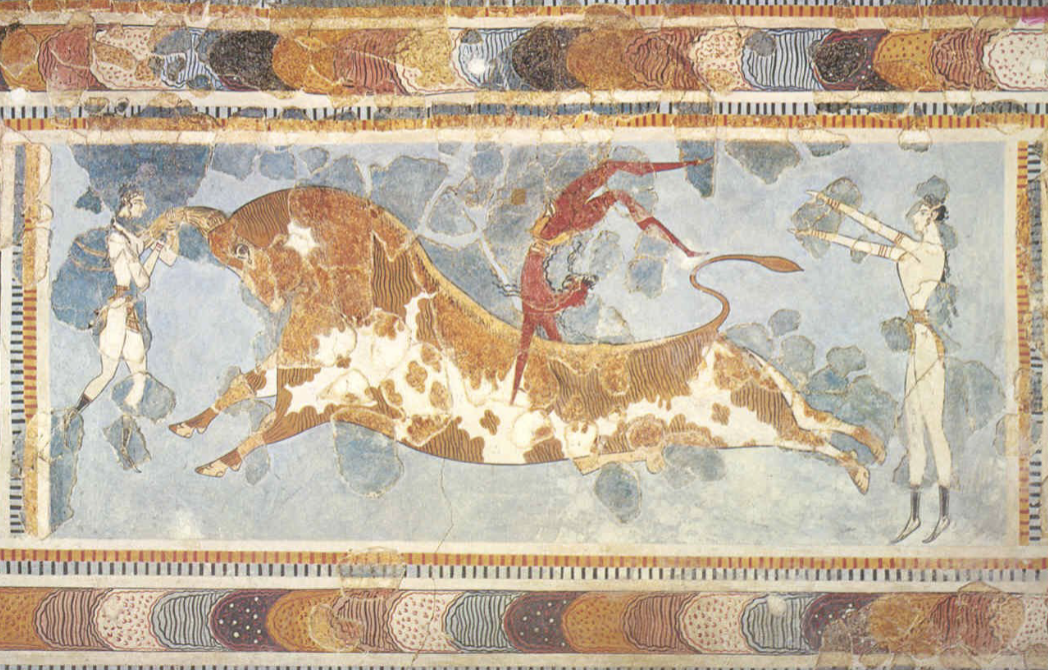
identify
bull-leaping or toreador fresco, east wing of knossos, 15th century BC
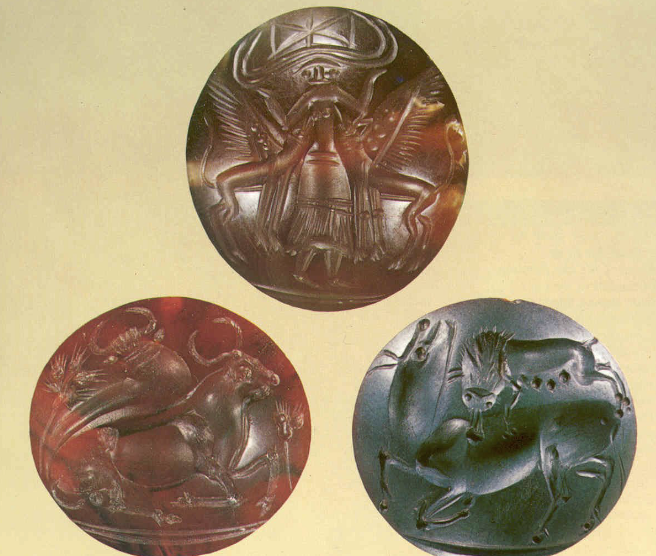
identify
seal stones of Neopalatial period, Knossos (goddess standing between two griffins (Potnia Theron), pair of bulls, lioness attacking a bull), 1725/1700-1370/60
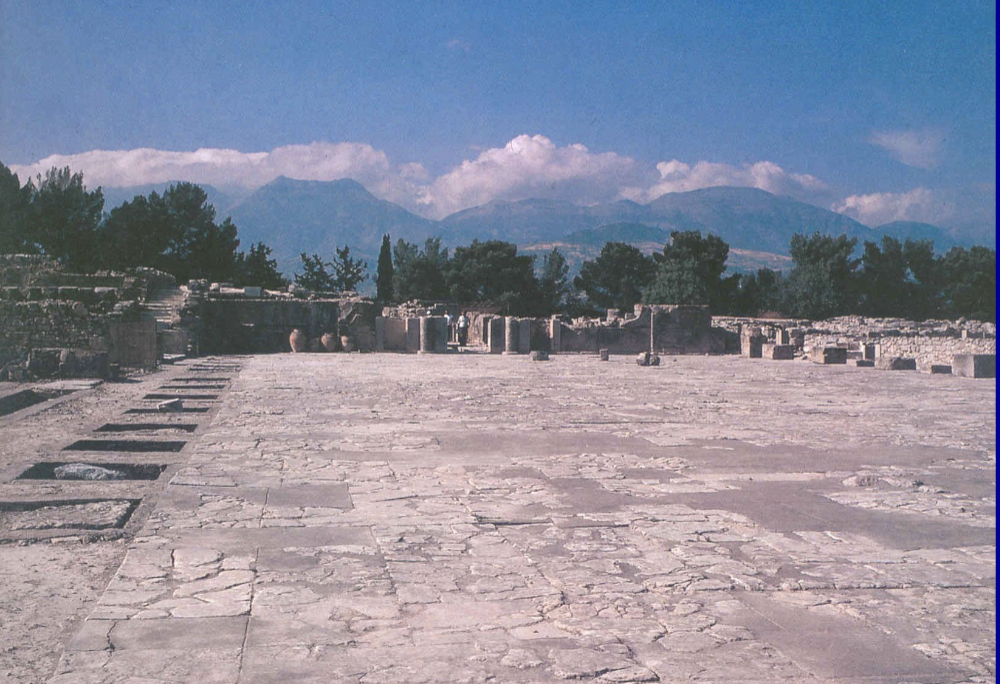
identify
Central Court and north end of Phaistos, oriented toward Mt. Ida
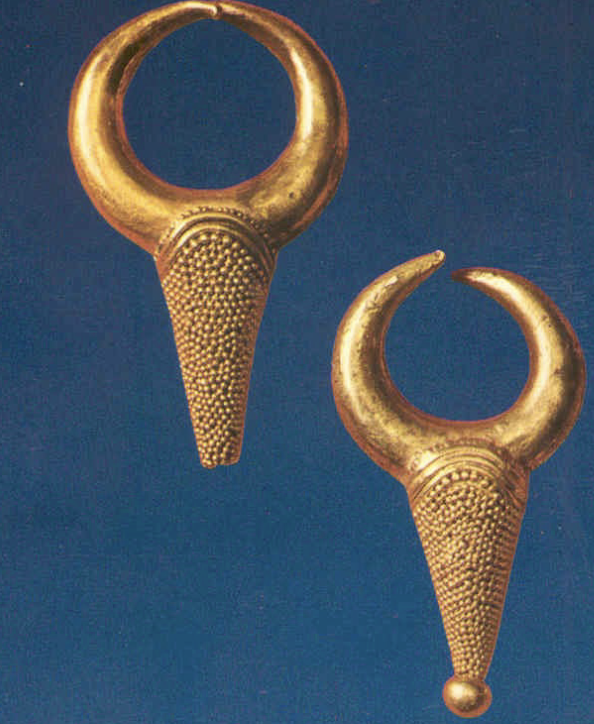
identify
gold earrings, necropolis of Mavro Spelio, near Knossos, granulation, after 1400 BC
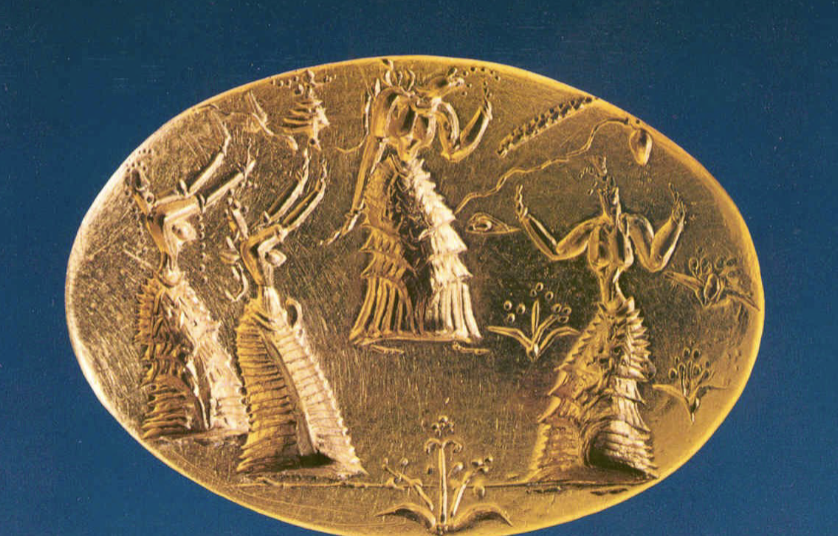
identify
gold signet ring, Minoan tomb at Isopata, near Knossos, c. 1500 BC
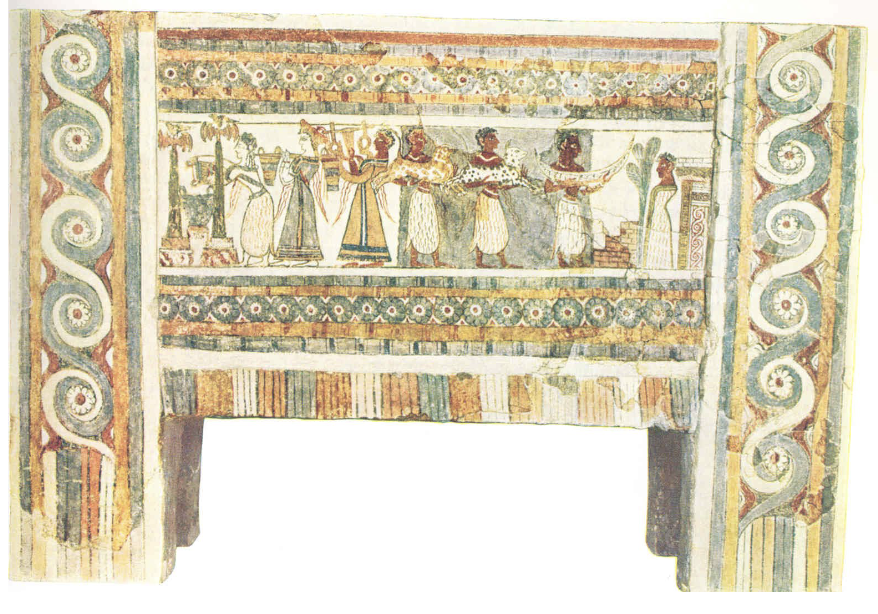
identify
Ayia Triada sarcophagus, limestone, decorated with religious scenes in fresco tecnique, 14th century BC, found near the villa at Ayia Triada
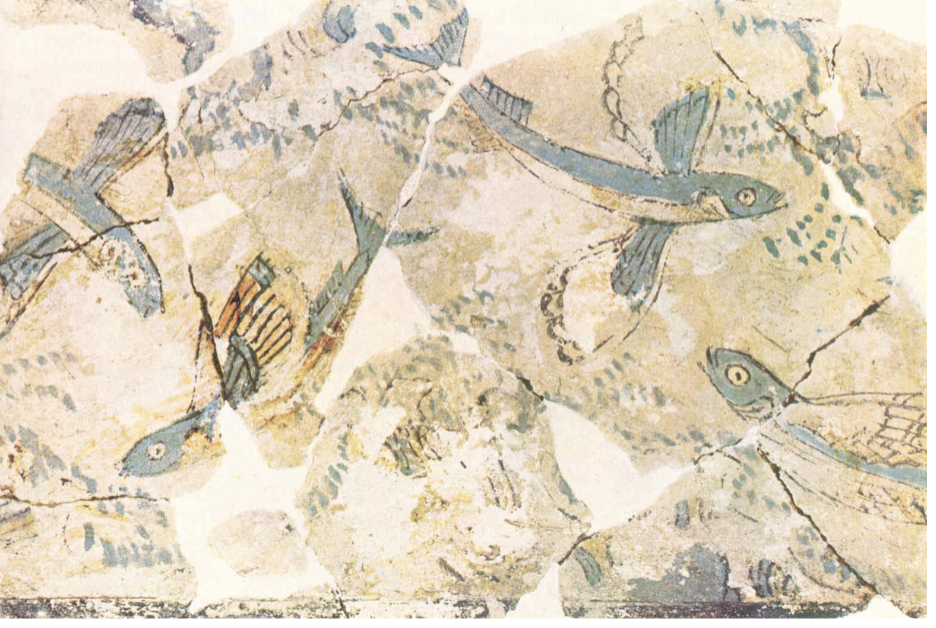
identify
flying fish fresco, Phylakopi, island of Melos, MC, c. 18th-17th century BC
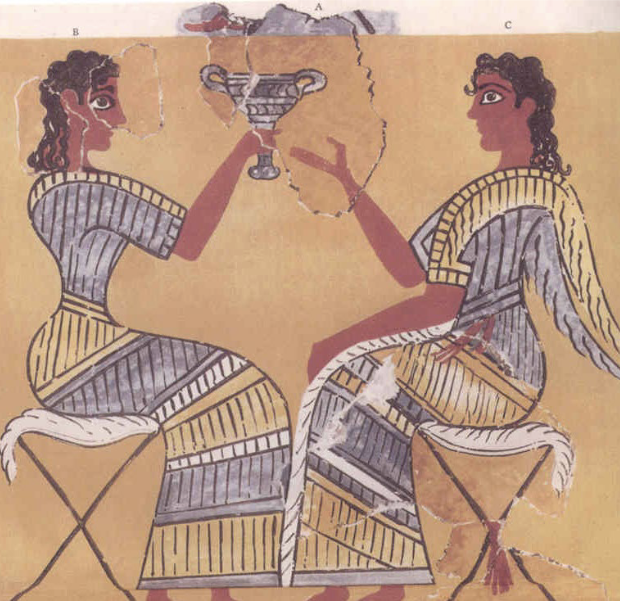
identify
fragments from Camp-stool fresco, Knossos, c. 1400 BC
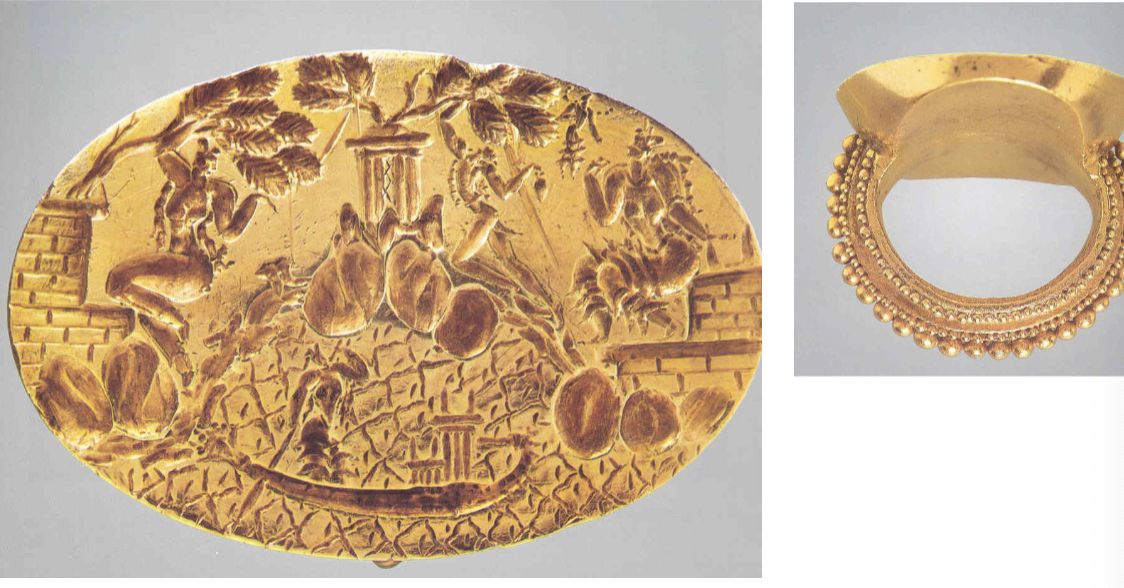
identify
ring of minos, new palace period, c. 1450-1400 BC, maybe a forgery
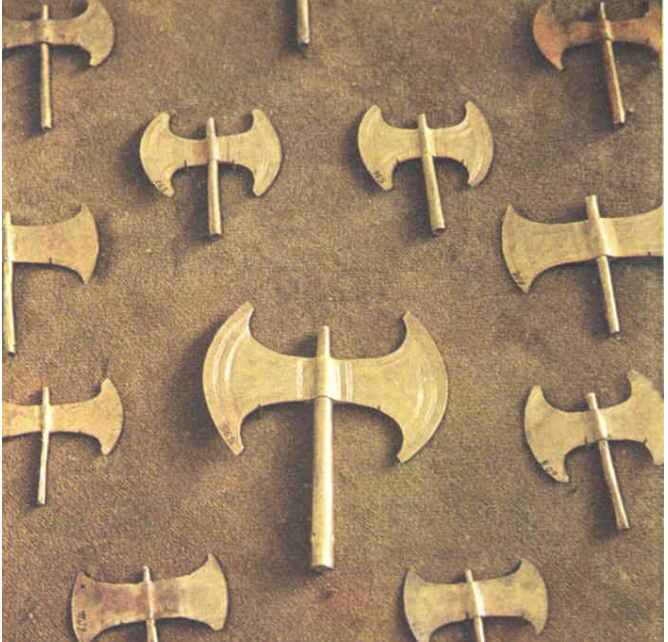
identify
miniature gold votive double axes, Arkalochori Cave, Crete, Second Palace Period, 1725/1700-1370/60 BC
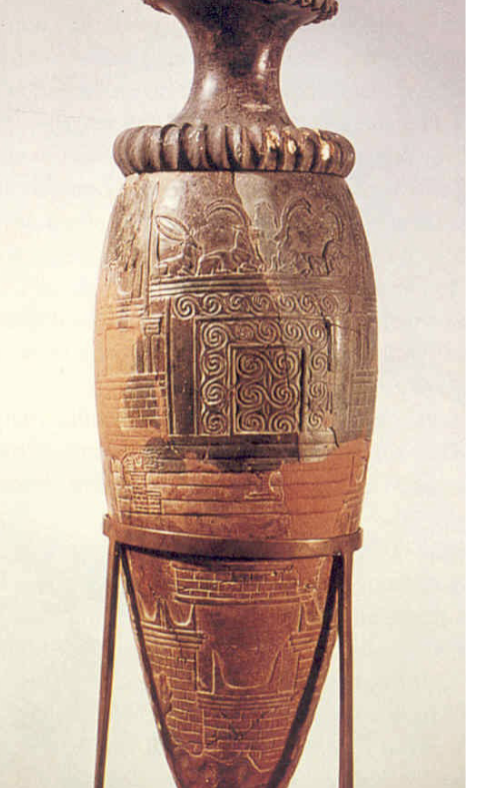
identify
Peak Sanctuary rhyton, made of chlorite, from Palace at Kato Zakro, Second Palace Period, 1725/1700-1370/60 BC
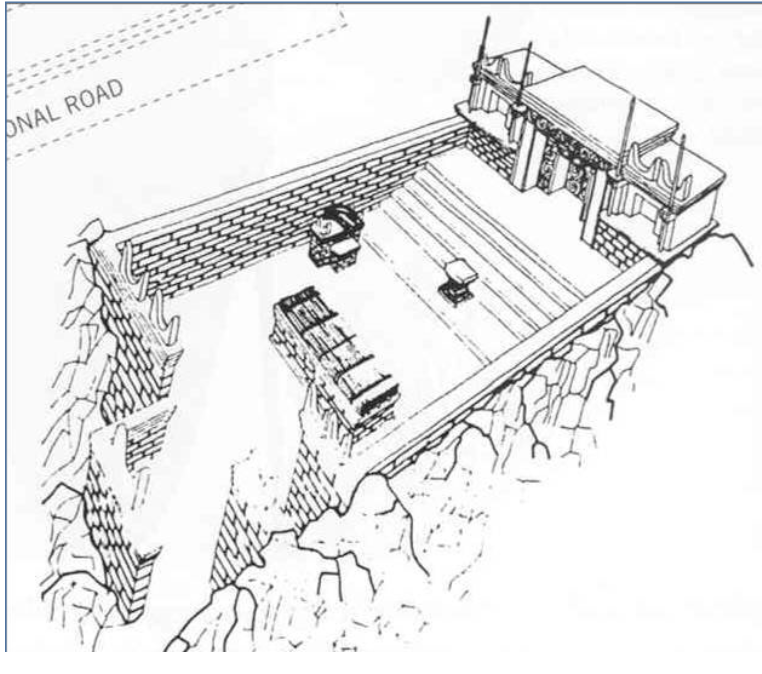
identify
shrine on the Peak Sanctuary rhyton from Kato Zakro
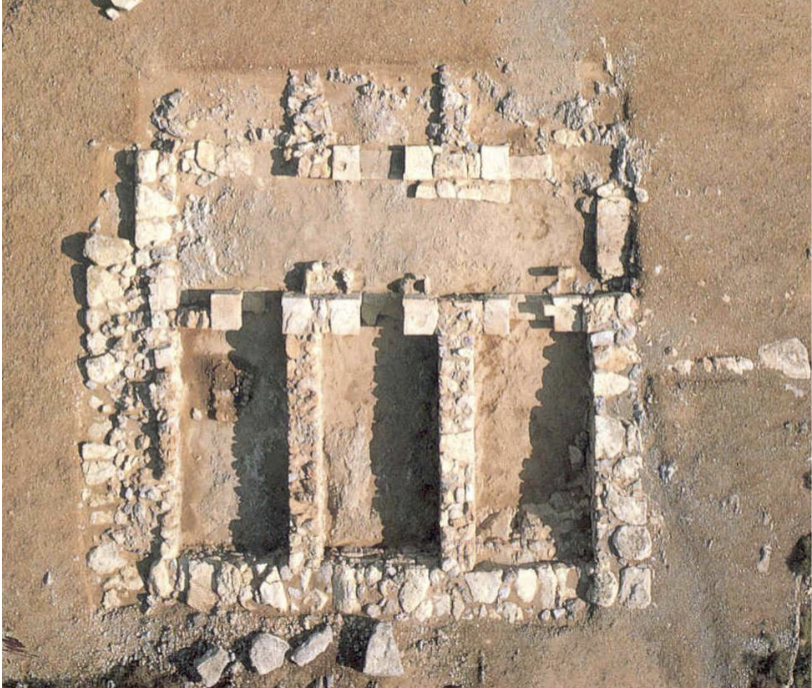
identify
tripartite shrine at Archanes — Anemospilia, MM
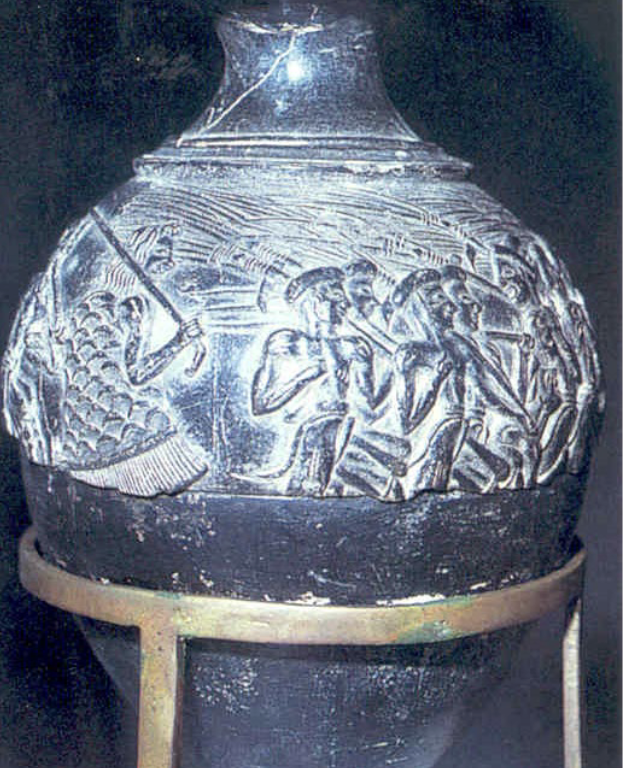
identify
Harvester Vase, Ayia Triada Villa A, made of black steatite
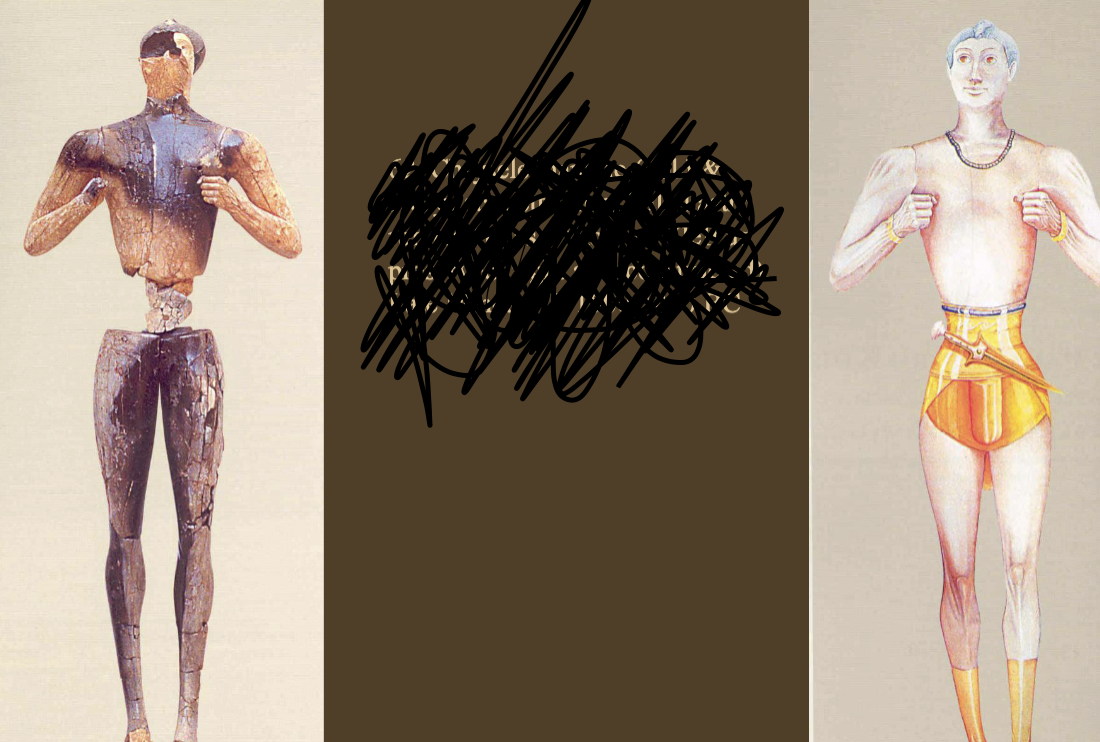
identify
Chryselephantine, gold and ivory, statuette from Palaikastro, LM IB, 1500-1450 BC
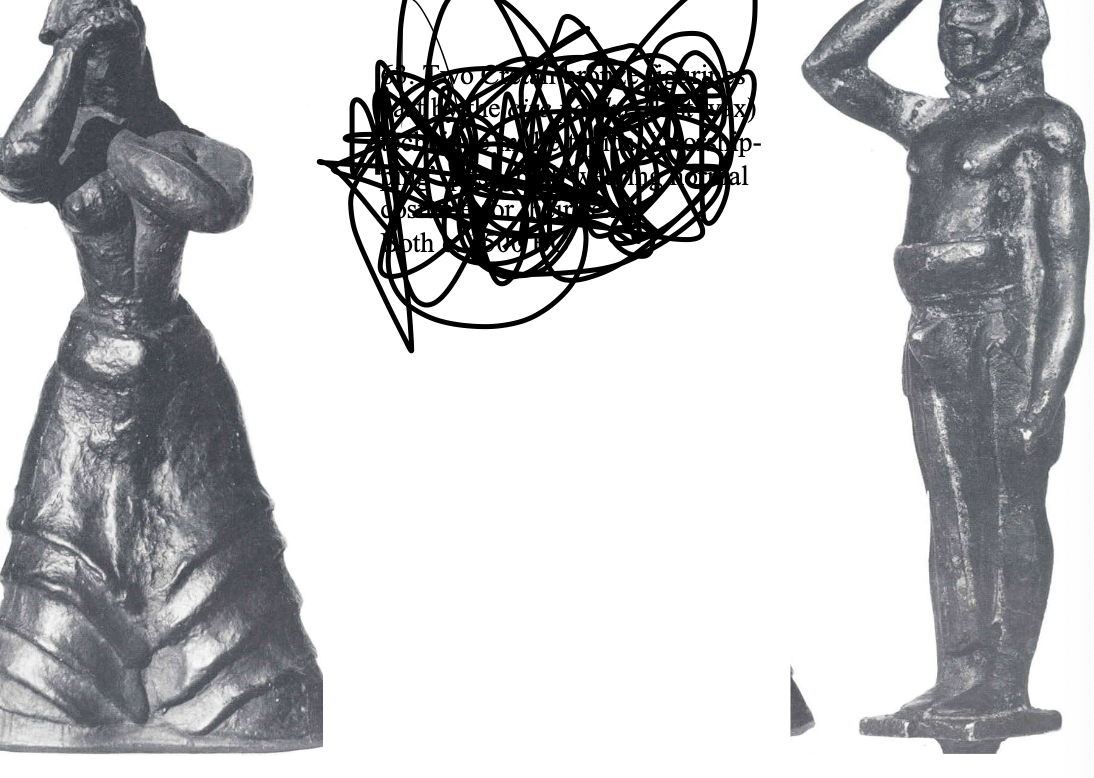
?
creatan bronze figurines cast by the cire perdue (lost wax) technique in the typical “worshipping” pose, both wearing normal costume for their sex, c. 1500 BC
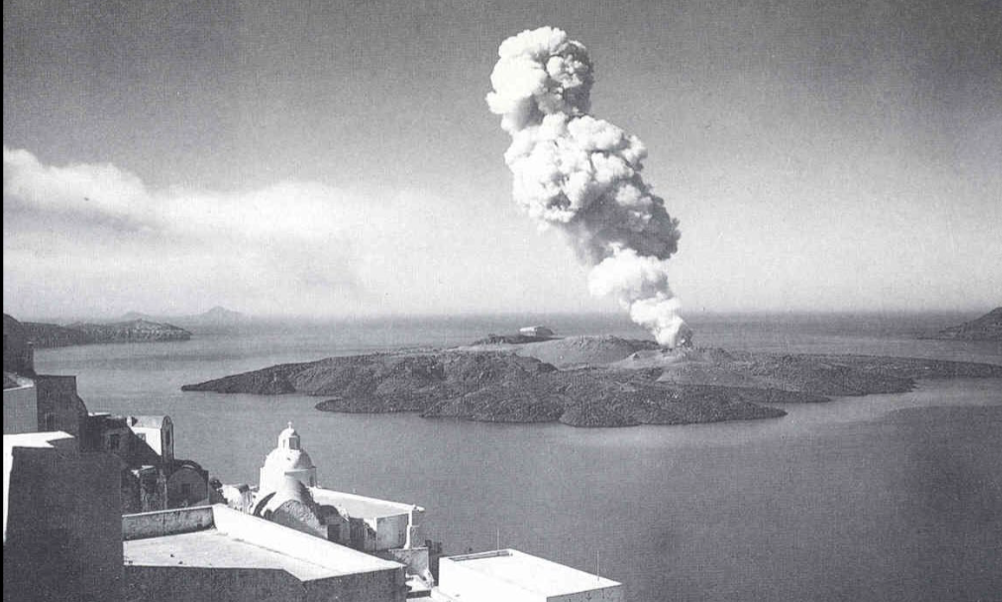
?
Thera volcano
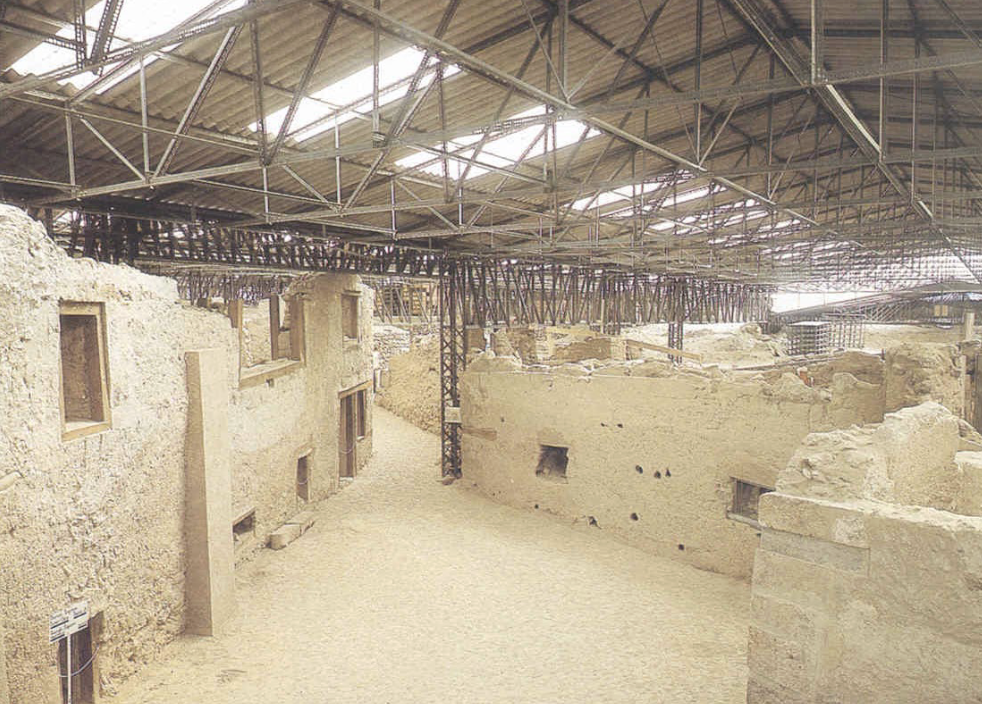
?
bronze age, LC, site of Akrotiri
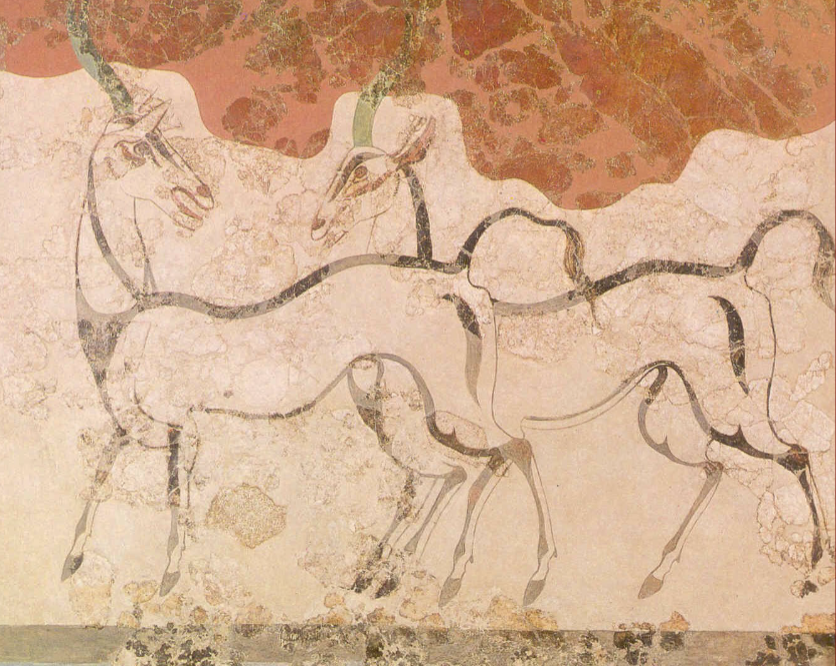
?
Antelopes Fresco, Akrotiri, west wall of Room Beta I
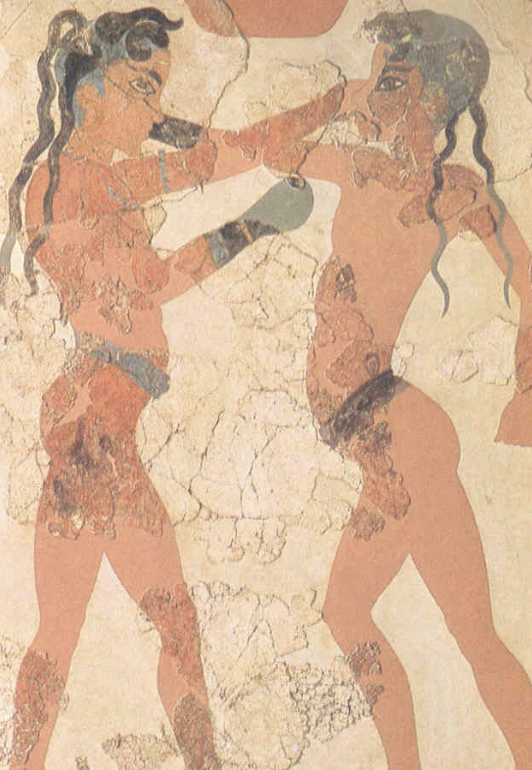
?
Boxing Boys Fresco, Akrotiri, south wall of Room Beta I
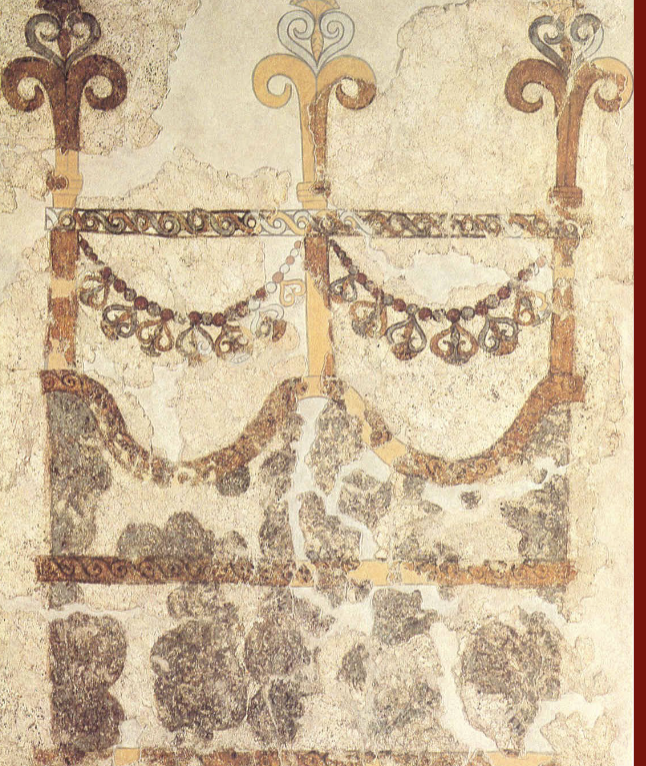
?
Ikria, Akrotiri

?
detail of miniature frescos, Akrotiri
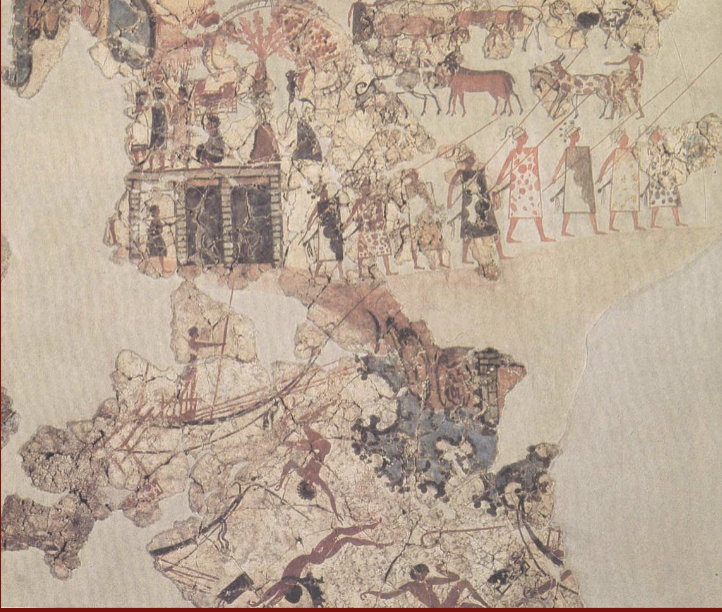
?
Sea Battle Fresco, Akrotiri
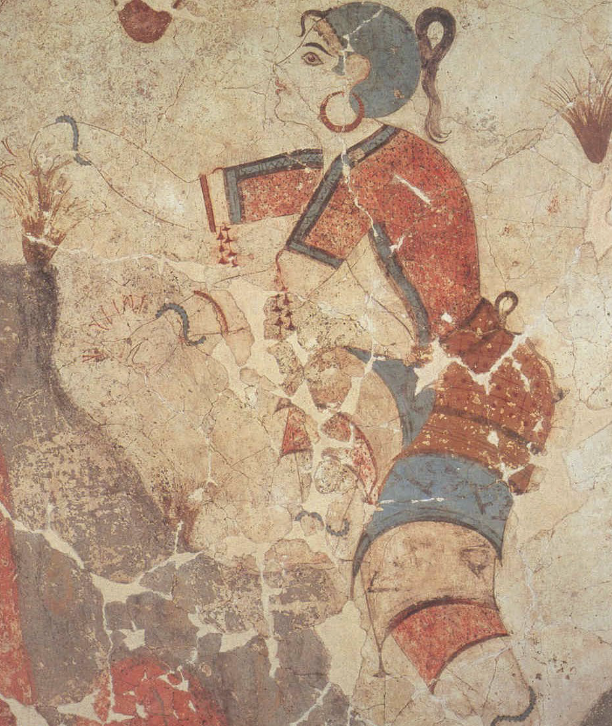
?
Akrotiri, young girl fathering crocus flowers fresco, based on shaved head and locks of hair she is believed to be an adolescent
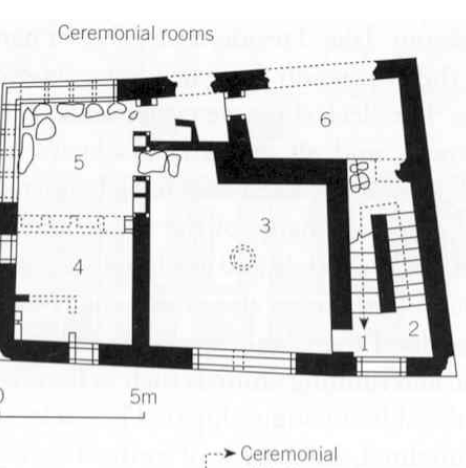
?
west house, Akrotiri
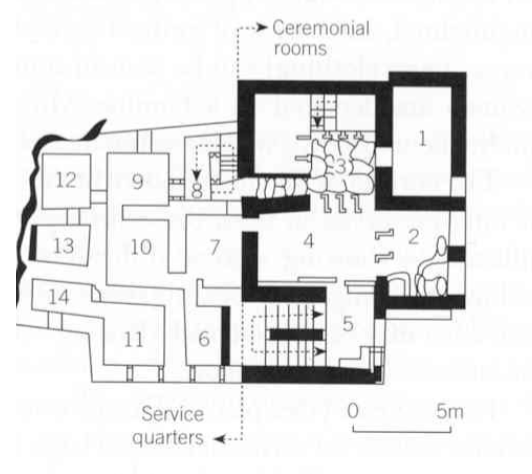
?
Xeste 3, Akrotiri
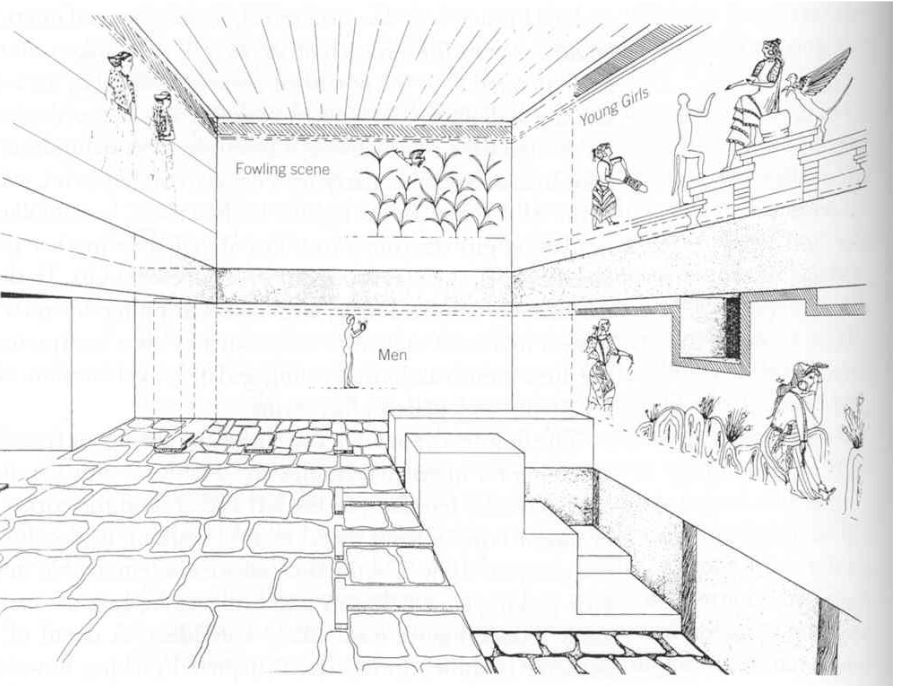
?
Akrotiri, Room 3 and upper floor of Xeste 3
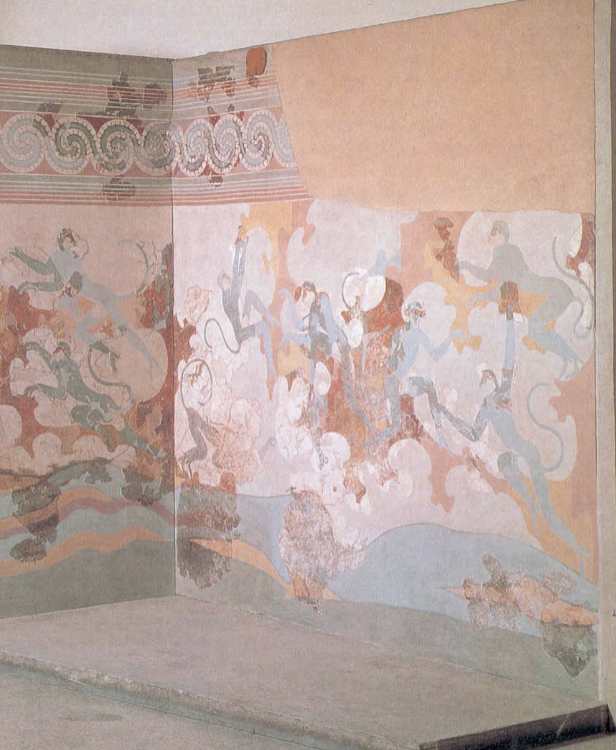
?
Akrotiri, Blue Money Fresco
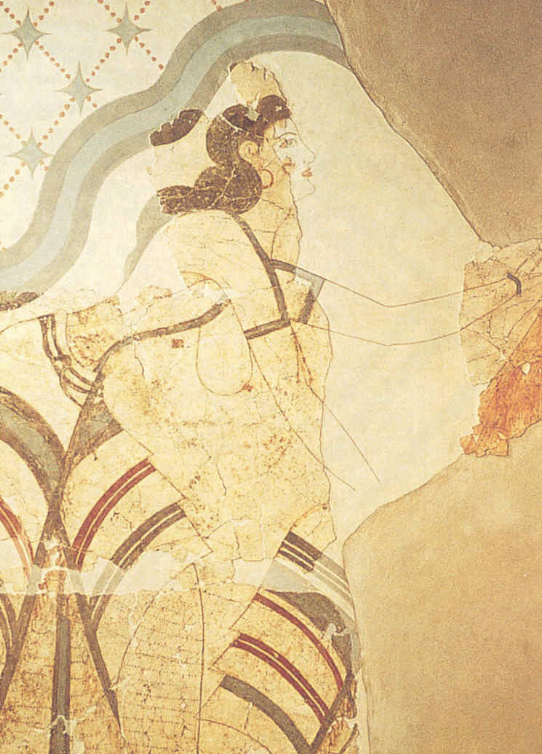
?
Akrotiri, bare-breasted female figur
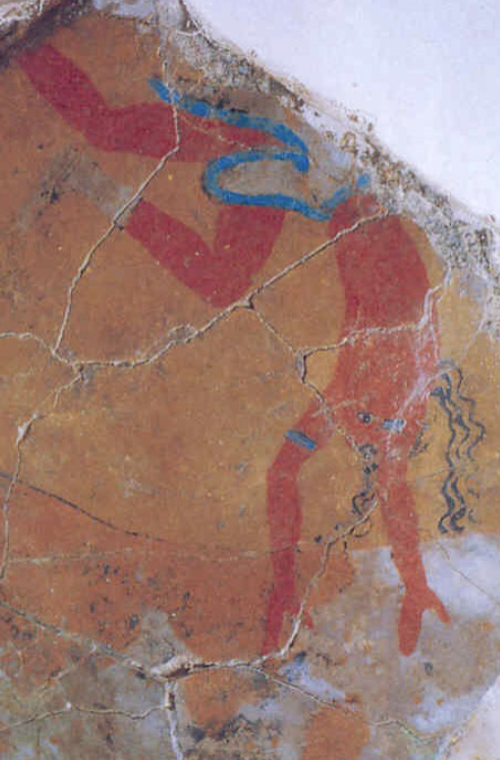
?
fresco of a bull leaper from Tell el’Dab’a in the Nile Delta, Egypt, c. 17th century BC
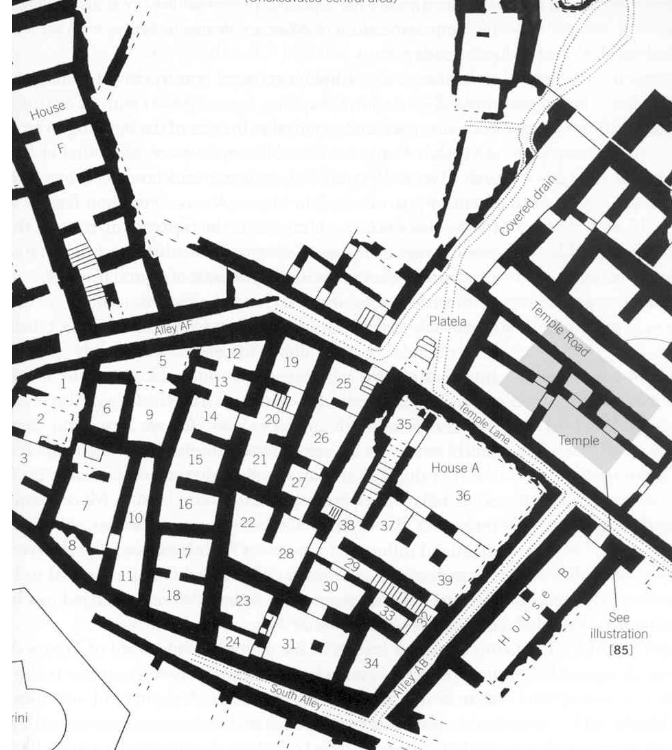
?
houses A and F at Ayia Irini, isand of Kea, Second palace period, 1725/1700-1370/60 BC
When is second palace period?
1725/1700-1370/60 BC
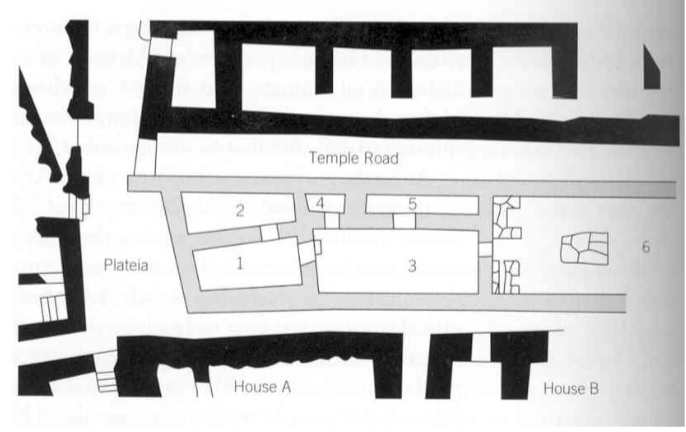
?
Temple at Ayia Irini, Kea, in use from second palace period through the 8th century BC
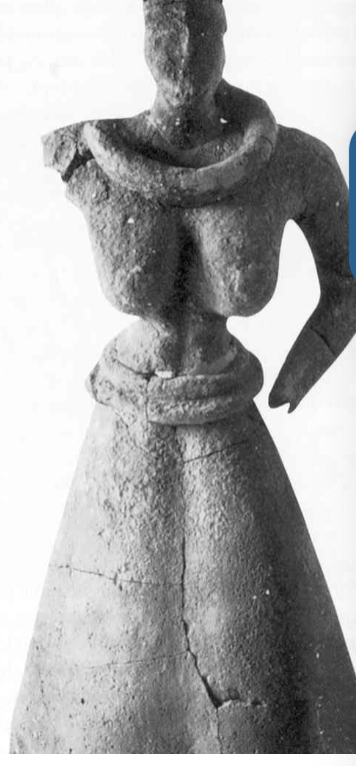
?
large terracotta female figurine, Temple at Ayia Irini, Kea
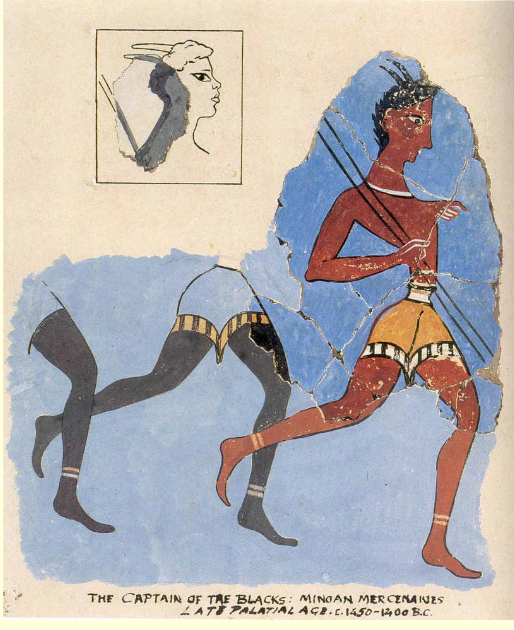
?
Captain of the Blacks, Mycenaean or Third Palace period, 1450-1375 BC
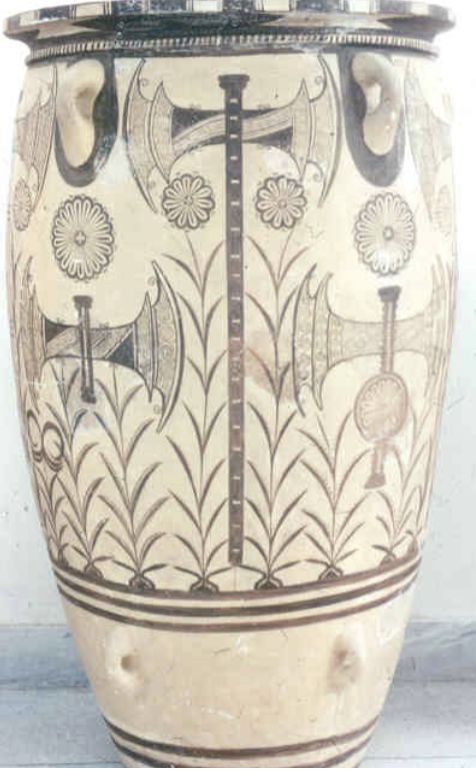
?
palace-style storage jar, Knossos, Third palace period, 1450-1375 BC
when is Third Palace Period?
1450-1375 BC
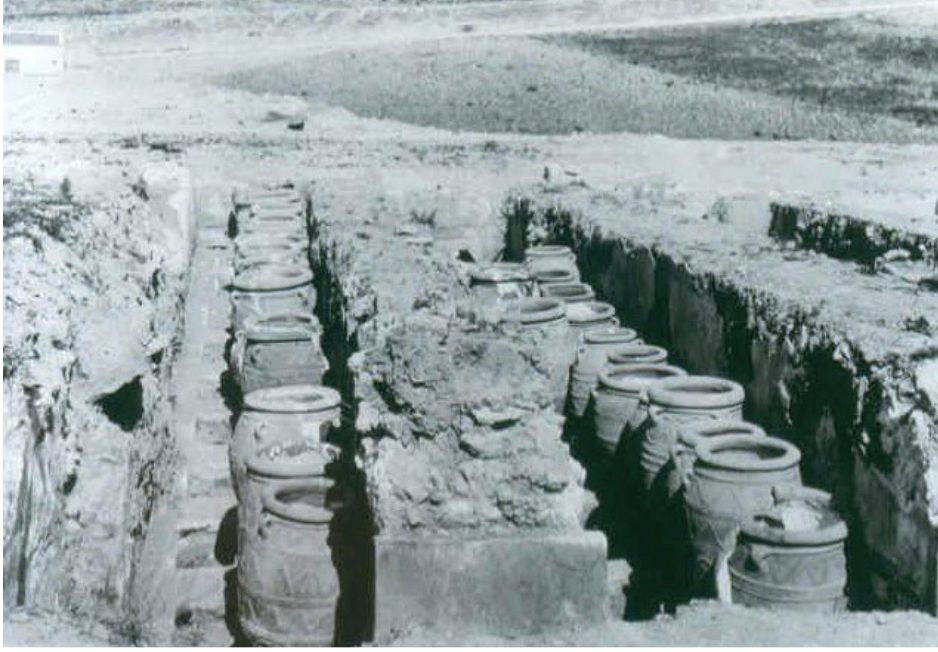
?
western magazines of storage areas, knossos, third palace period, 1450-1375 BC

?
ship-sheds at the port of Kommos near Ayia Triada, third palace period, c. 1450-1375
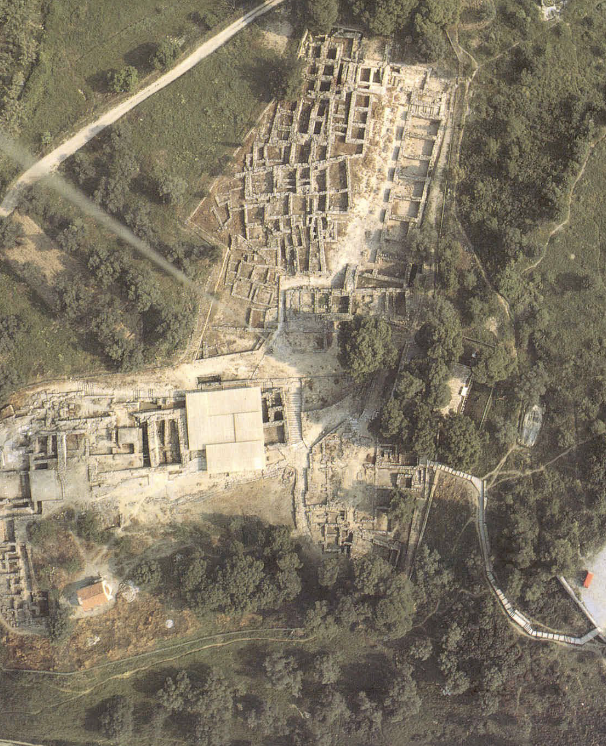
?
Villa complex at Ayia Triada, which is second palace period, what appears to be a megaron was built over the villa in the third palace period
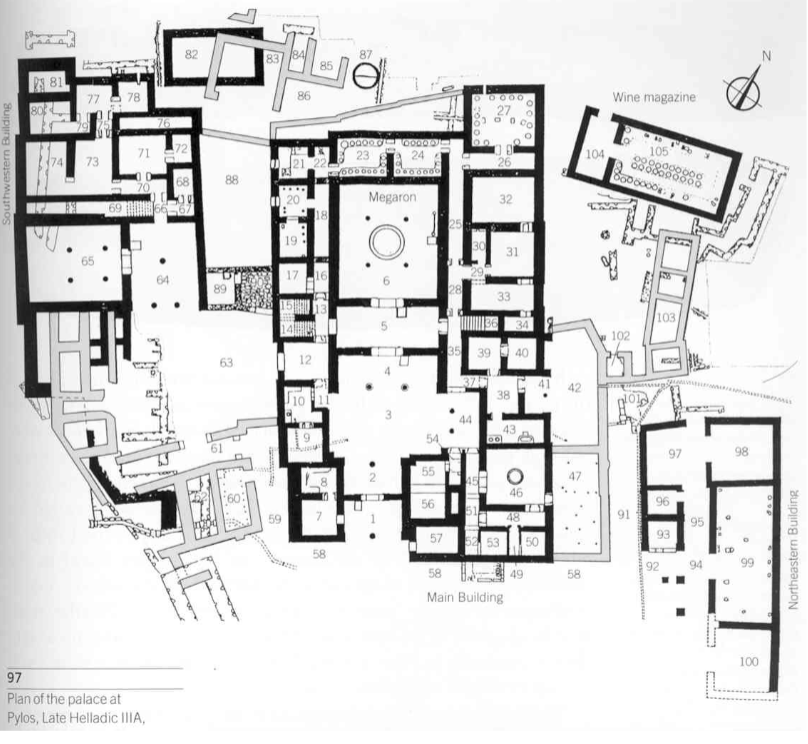
?
Mycenaean Palace at Pylos, LH IIIA, c. 1300-1200 BC
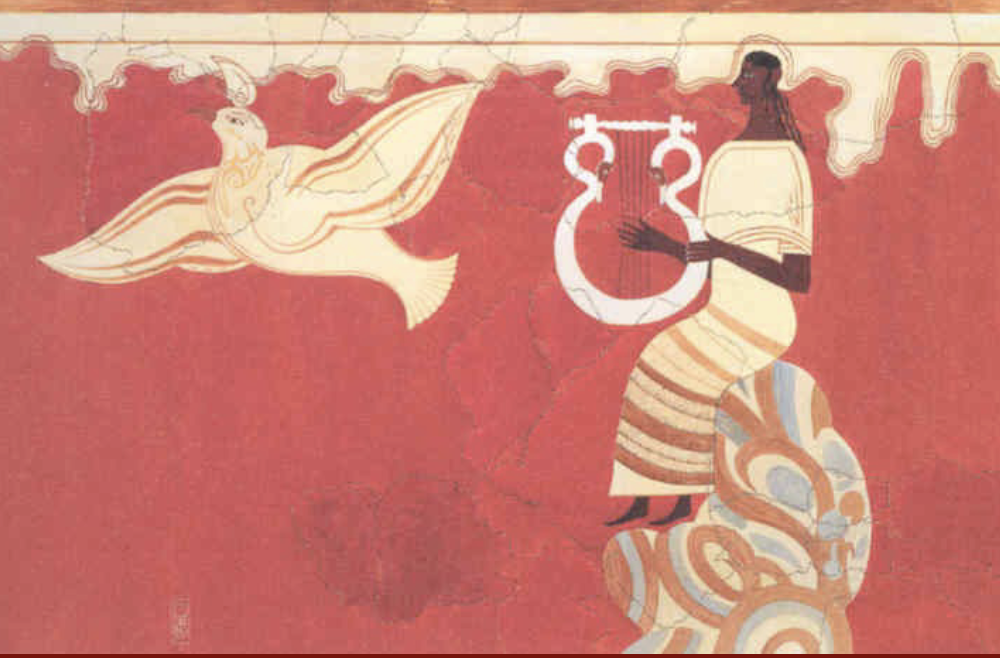
?
Lyre-player fresco from central hall of throne room at Pylos, 13th century BC, Piet de Jong
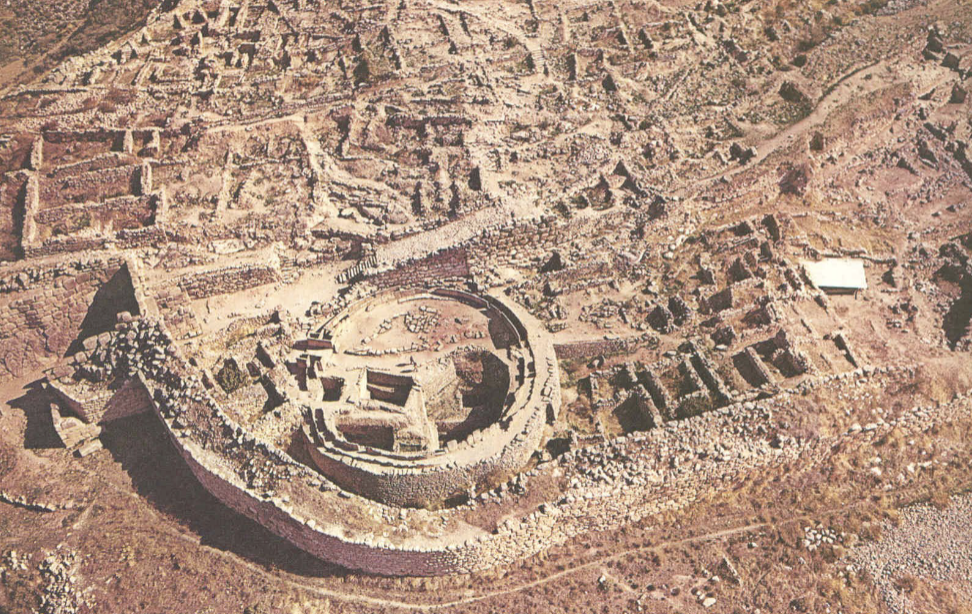
?
Citadel at Mycenae with Grave Circle A, Heinrich Schliemann
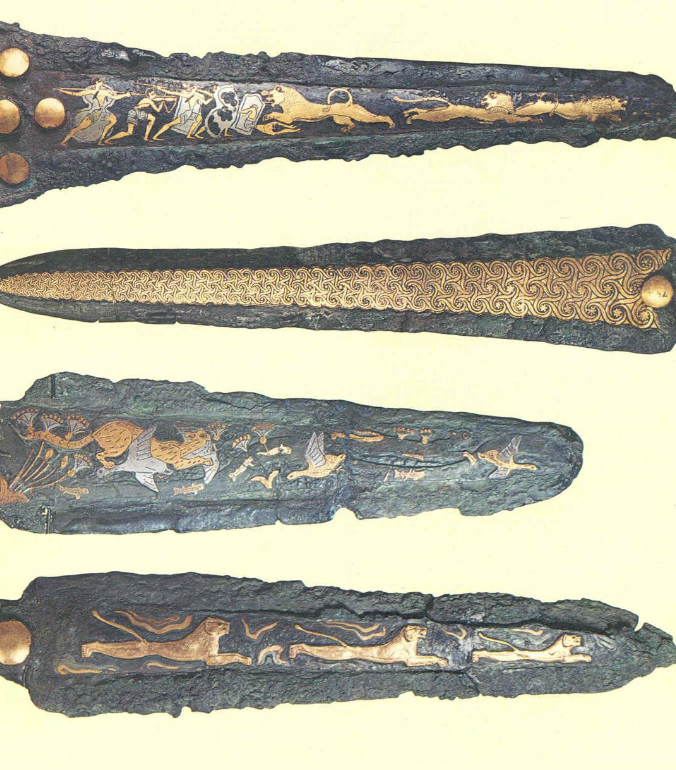
?
bronze daggers with inlaid decoration of gold, silver, and niello from Shaft Graves IV and V of Grave Circle A, c. 1550 BC
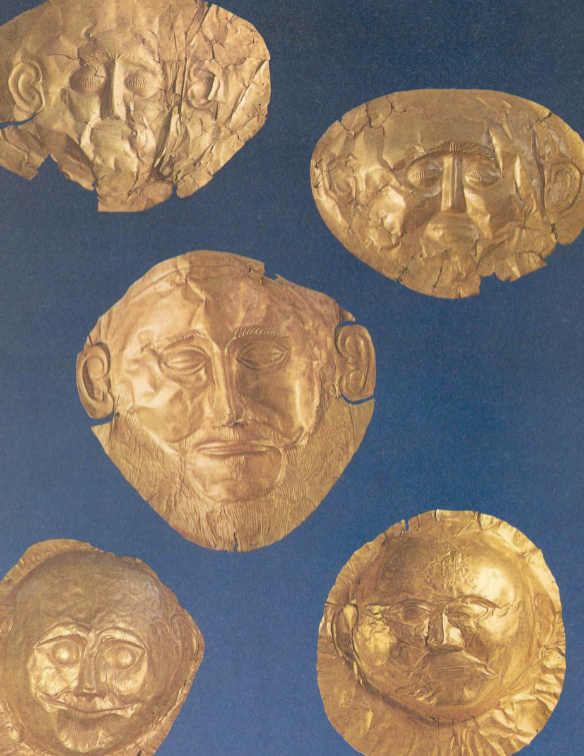
?
five gold masks from graves IV and V of grave circle A, 16th century BC
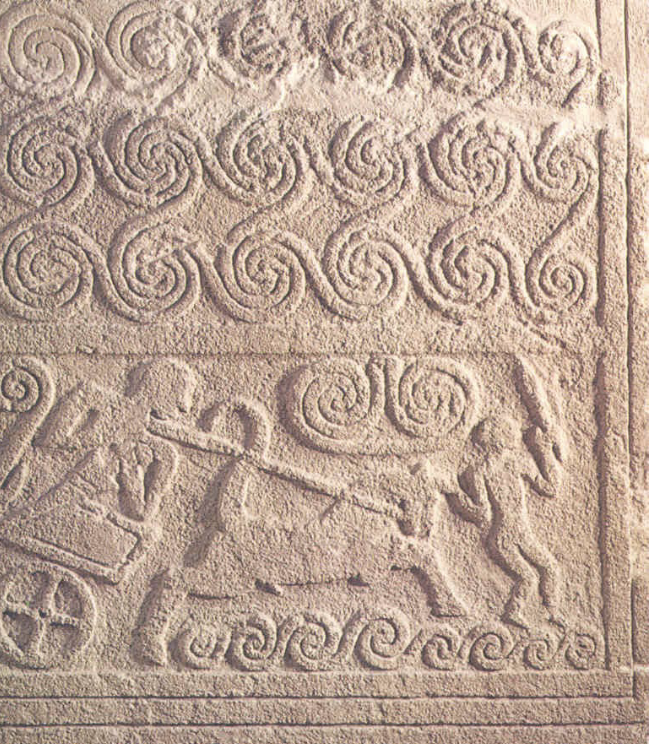
?
limestone stele (tomb stone) from grave V of Grave Circle A decorated with running spirals and a chariot scene, 16th century BC